Paul Brett | Interview | “Who Am I?”
Paul Brett is one of the most experienced 12 string acoustic guitarists in the world. His career spans several decades long, collaborating with musicians such as Ralph McTell, Roy Harper, Al Stewart, to name a few.
Not to mention his work as A&R for RCA and the involvement with Vintage Guitars. Paul Brett played or recorded with The Strawbs, The Overlanders, Crazy World of Arthur Brown, Elmer Gantry’s Velvet Opera, The Velvet Opera, Tintern Abbey, Fire, Roy Harper, Al Stewart, Lonnie Donegan, Paul Brett Sage and in his own right as Paul Brett. He was a top session guitarist in the 1960’s and 70’s, having been in demand for many top sessions with a wide variety of artists.
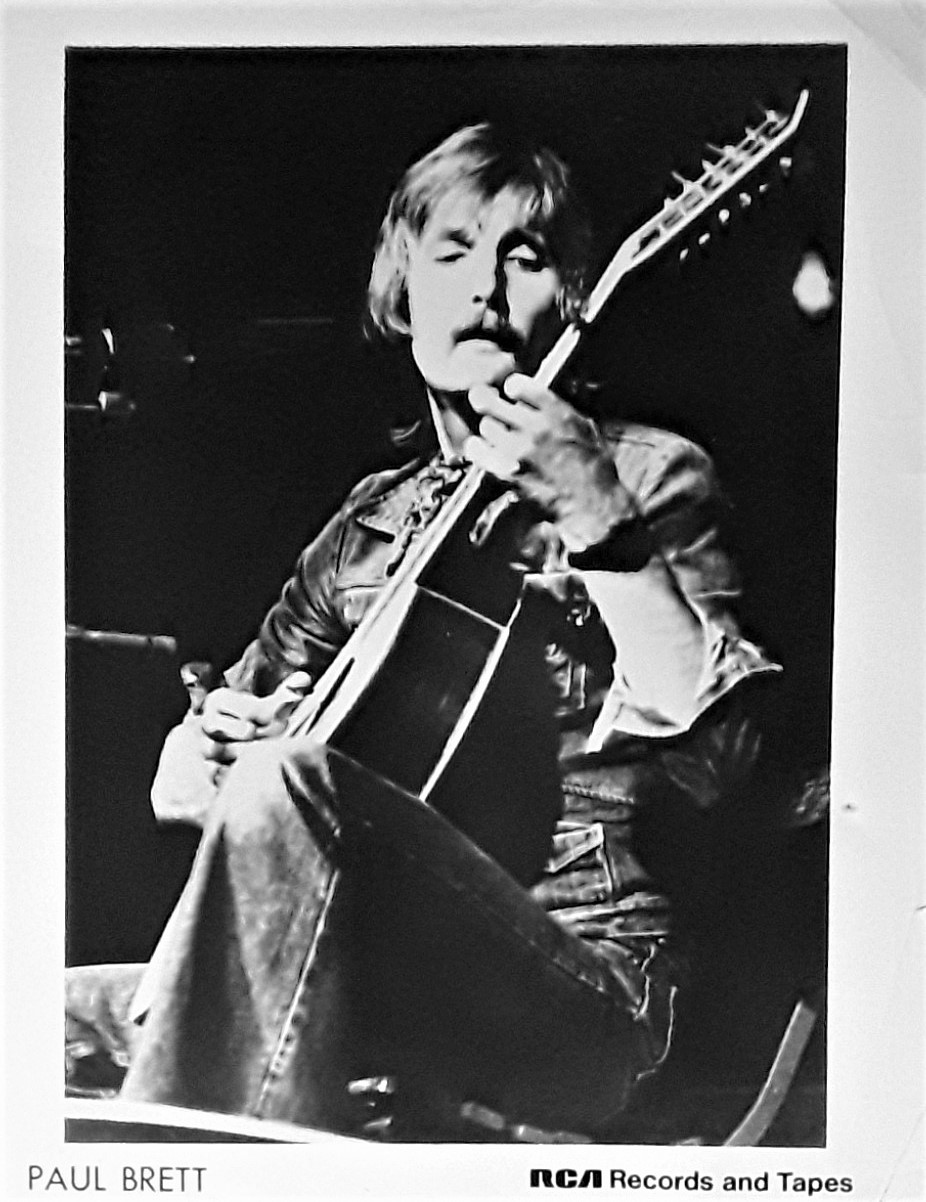
“I wanted to learn as many styles as I could, in order to widen my skills on the guitar”
It’s really fantastic to have you. How have you been in the last two years of the pandemic?
Paul Brett: Trying to keep busy. I have designed two new guitars for Vintage which will be launched this year. I have also made a brand new album using my Vintage Paul Brett Viator 12 string. All my own compositions and recorded with a string quartet. Also I have recorded a brand new version of my first ever suite for 12 string guitar that was released in 1977 by RCA entitled ‘Earth Birth’. I have always wanted to re-record the suite using a string quartet, arranged to enhance the 12 string, which I have now completed. I have also finished writing the music for Michele Breeze’s new ‘One Woman Musical Drama’ about the life of the British Queen, Elizabeth 1st. ‘Tubular Bells’ producer Tom Newman, also contributed some of the music.
Your recent ‘Stone Survivor’ is such a fantastic anthology that follows the timeline of your recording material. When working on it and thinking about what material includes and what not, did you stumble on something that you almost forgot? Did working on the anthology bring any pleasant or even unpleasant memories?
‘The Anthology’ was the idea of John Reed, Director of Cherry Red Records. He has always been a fan of Paul Brett’s Sage and our first single ‘3D Mona Liza’. The compilations were made easier for me when John Reed suggested adding a fourth CD to the collection. I had in my possession unreleased tracks of Tintern Abbey and The Union with Dave Terry (Elmer Gantry) on lead vocals. Dave Terry took over from Arthur Brown when he left The Union. There are also later unreleased tracks I did with a reformed Paul Brett Sage including one with Michele Breeze on vocals. Obviously other tracks over the timeline of my career were with Arthur Brown, Elmer Gantry’s Velvet Opera, Velvet Opera et cetera. The SW4 tracks I have had for a long while and wanted to include them. There are obviously tracks I could have added from my past experience like with The Strawbs on the ‘Dragonfly’ album, Roy Harper on ‘Come Out Fighting Ghengis Smith’ album, Al Stewart et cetera. but I was happy in the end with the balance I ended up with. Not forgetting tracks I did with British 12 string blues legend, Johnny Joyce. Lots of memories, mostly good and some not so, but I have always preferred to move on to the future, rather than drag the past with me.
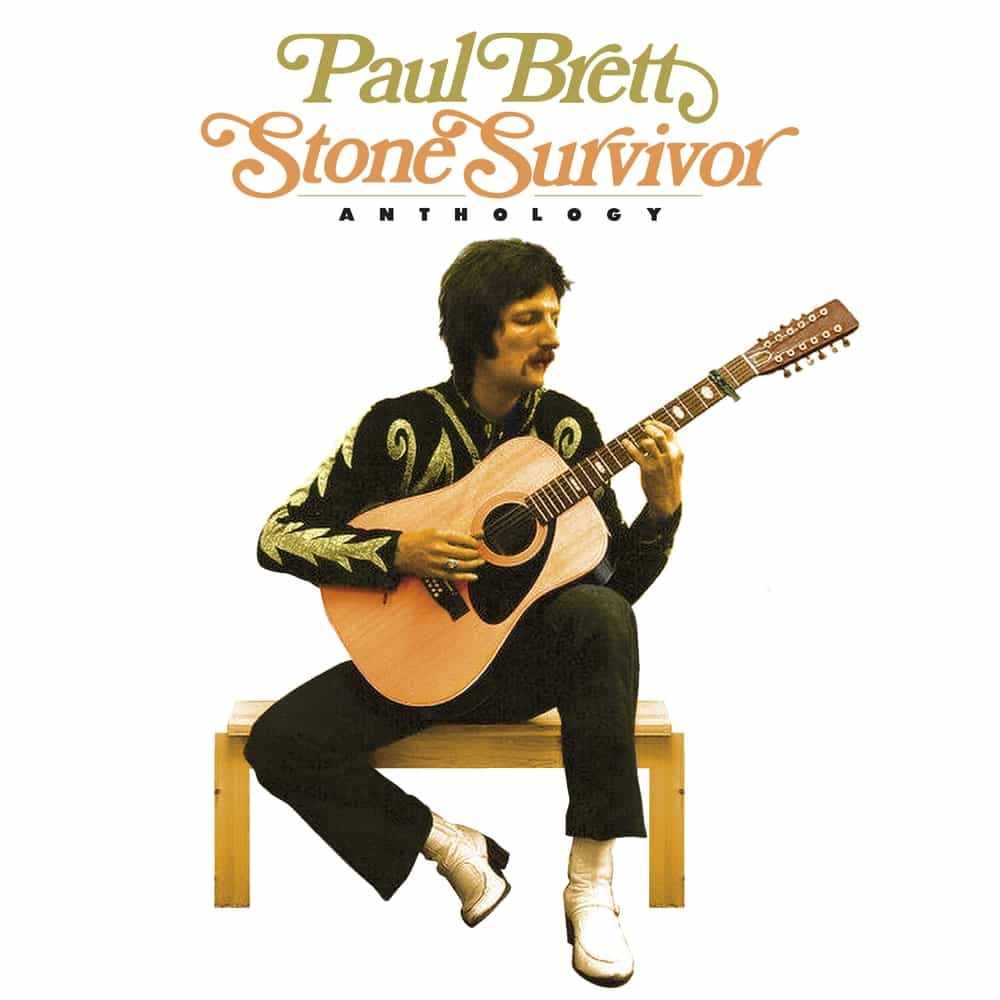
Was there any particular event or even song that got you inspired to pick up guitar?
Listening in the early days to Duane Eddy, Scottie Moore’s playing on the Elvis Presley tracks, Carl Perkins on ‘Matchbox’ and not forgetting the guitar riff played by Mick Green on Johnny Kidd & the Pirates’ ‘Shakin’ All Over’. Later, I drifted into the traditional blues genre and jazz styles. Basically, I wanted to learn as many styles as I could, in order to widen my skills on the guitar. And of course, not forgetting Lonnie Donegan, whose band I later joined on lead guitar. Without Lonnie’s input, British pop music would certainly have taken a different direction. No particular event that I can recall that got me into playing guitar, just an exciting and new medium at the time for young people to turn their minds to. Back in those days, it was also a way out of working the usual Zombie 9 to 5 jobs that were on offer.
As a young boy, what songs would you like the most? Would you like to share a few words about the early days of practicing guitar.
Lots of us used to slow down 45rpm single to LP speeds at 33 rpm on record players so that we could learn the guitar riffs at a slower speed. There were no online lessons like there are these days, in fact, there was no online anything!
Like all youngsters at the time, I listened to Bill Haley, whom I later met when I was designing guitars for ARIA. Elvis Presley (whom I also met when he was doing shows at the Las Vegas Hilton and I was with his label, RCA) and lots of the early rock legends. I would say later, I was more of a Rolling Stones fan than The Beatles, but the latter did write some of the most lasting and inspiring songs.
Is SW4 your first band that recorded material? How did you originally get together?
Yes, it was the first band I recorded with. My father paid for the tracks that were featured on the ‘Anthology’ and they were recorded at the legendary Tony Pike’s Studios in Putney, London. We were a semi professional outfit as we all had day jobs. We mainly played at Church Halls and Town Halls. Ralph Denyer was the lead singer and rhythm guitarist, he also played some harmonica. Later, Ralph joined Blonde on Blonde and became an author of guitar books.
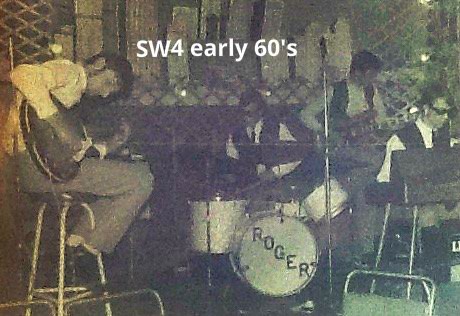
Are you still in touch with Ralph Denyer?
I have not seen Ralph Denyer since the 1960’s. I believe he died in 2011.
The SW4 never actually released anything in its time, where were these recordings archived for so many years?
Yes, I had a demo of them in my files. I found them in my father’s things after he died. He paid for them to be recorded, but they were never released until I had the chance to include them in my ‘Anthology’ CD set.
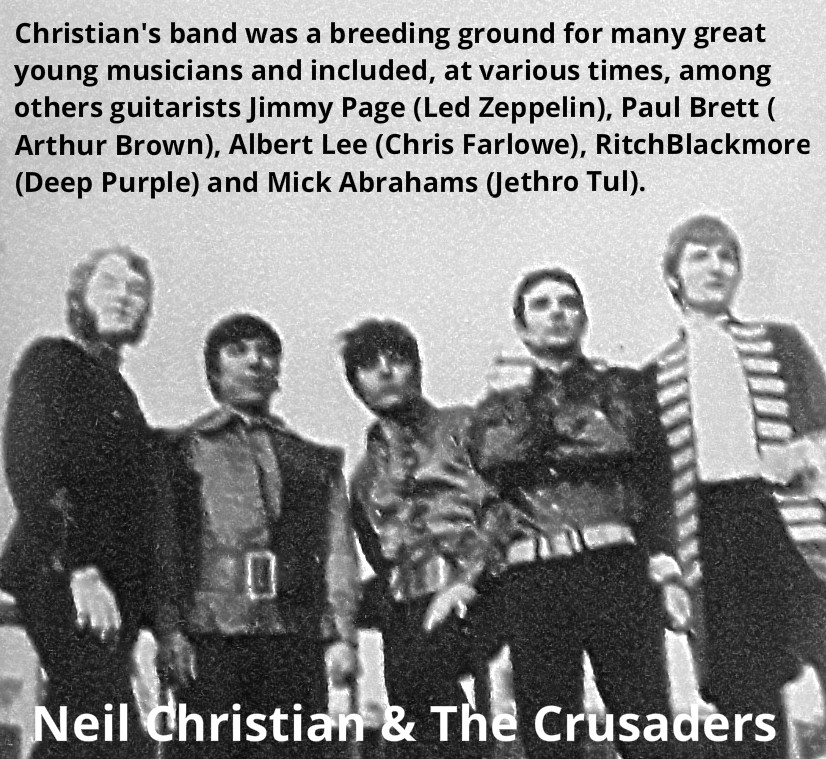
When did you form The Swinging Machine and what were the circumstances around auditioning Arthur Brown?
The Swinging Machine was formed in Fulham, London in the early 60’s. We were auditioning for a singer and Arthur Brown, who was a student at Reading University at the time, turned up and immediately we loved his voice and stage presence and of course, he got the job. There were lots of great musicians in The Union. Jim Toomey on drums (later of The Tourists), Tony Priestland on alto sax (later of Titus Groan), Art Regis on organ and Roy Stacey on bass (later of Jimmy James and The Vagabonds), and Derek Griffiths on tenor sax. We also had a girl singer, Heather Swinson (formerly of The Impacts).
That band consisted of 7 members! What led the name change to Arthur Brown Union and what followed with it?
We changed the name to The Arthur Brown Union as Arthur had become the main face in the band. He had also developed into a great stage performer and his vocal talent was amazing. When Arthur Brown left the band to follow his destiny in Paris, Heather Swinson and Derek Griffiths also departed and we got Elmer Gantry in to replace Arthur on lead vocals. Elmer, too, was a great singer and a stage performer. We carried on for a while, bearing in mind we were still only a semi-professional outfit, then as was the case with most bands at the time, we all went our separate ways to carry on our respective journeys.
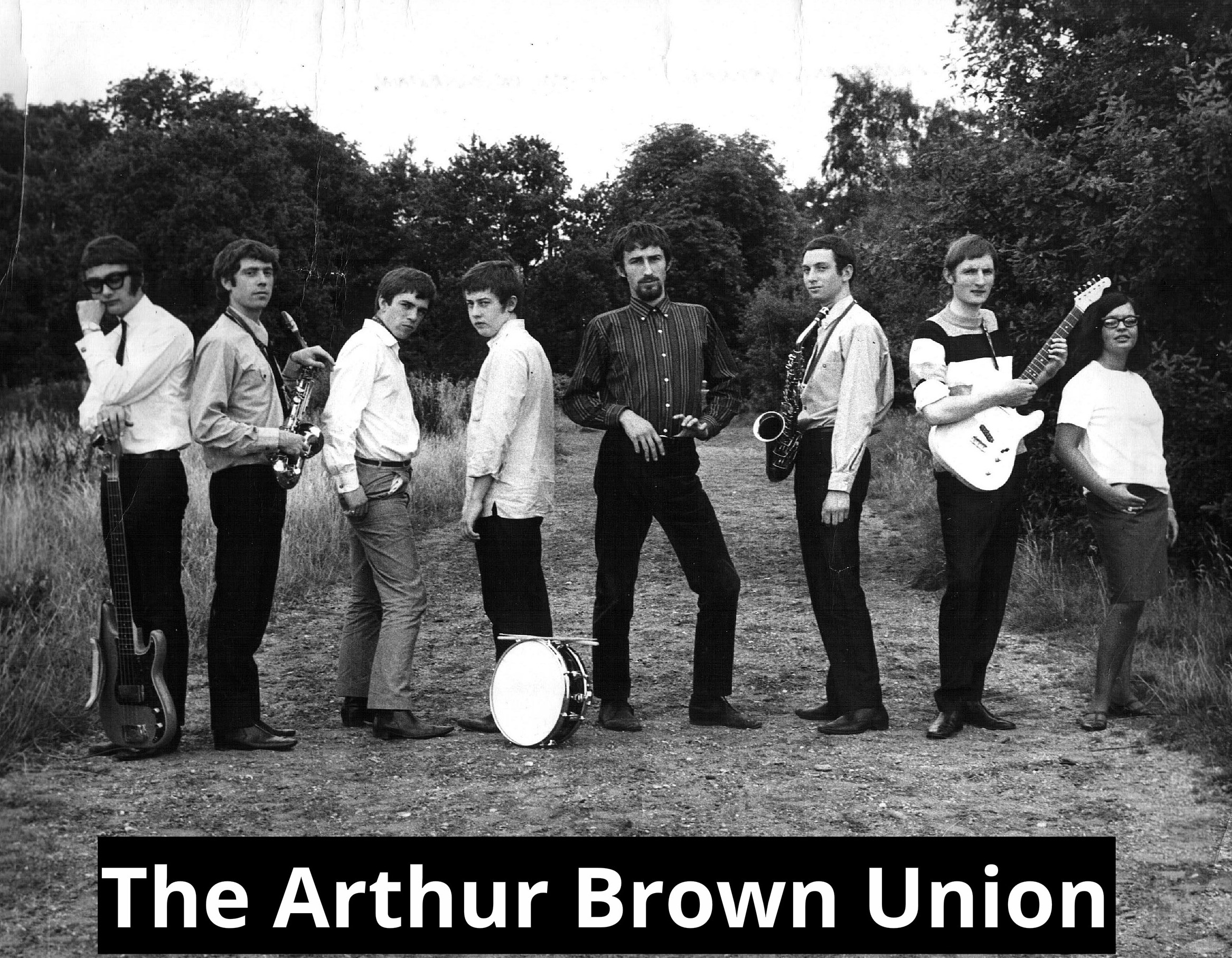
Shortly after the Union split, Arthur Brown came back from Paris and asked me to return with him and form another line up, which I did. We had a residency at The James Palladium in Paris, which was very well received at the time by French audiences. Later, we went down to Marbella to start a residency at a new Open Air Night Club, owned by the lady who owned The James Palladium. All in all, the gigs lasted about 6 months. I returned to London to await Arthur’s return. But he never came. I had to earn a living and I joined another group.
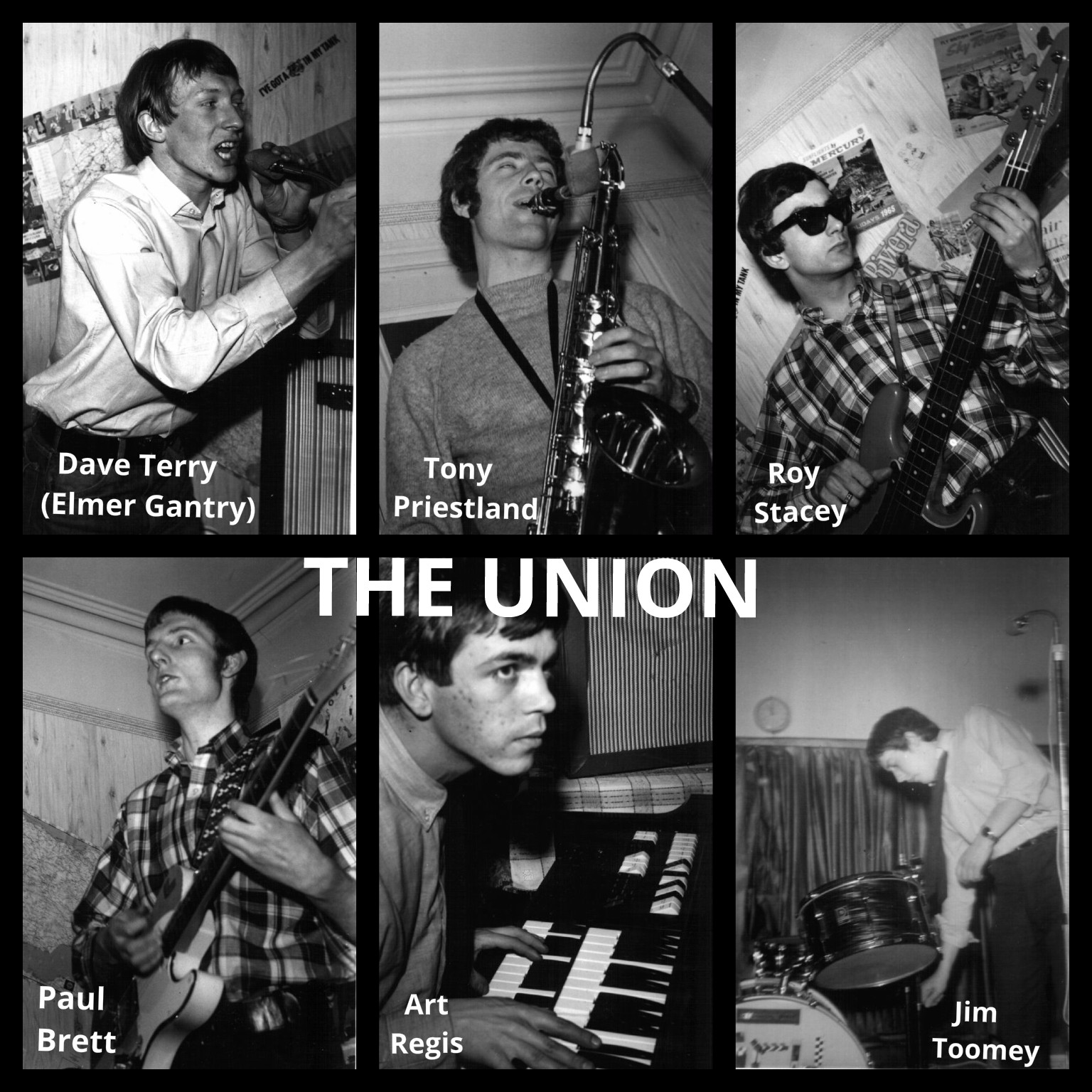
How come you played on ‘The Devil’s Grip’ (The Crazy World Of Arthur Brown)?
When Arthur Brown returned from Spain, he signed to The Who’s Management and he asked me to play on his first single ‘The Devil’s Grip,’ which I did. I remember it well. Ronnie Wood was playing bass and Jon Hiseman was on drums. I was already playing with another group The Overlanders by then. They had a no. 1 chart single with ‘Michelle,’ The Beatles song. They also had a full datesheet, which meant I could pay my rent! Therefore I couldn’t join Arthur’s new venture as I was committed to The Overlanders.
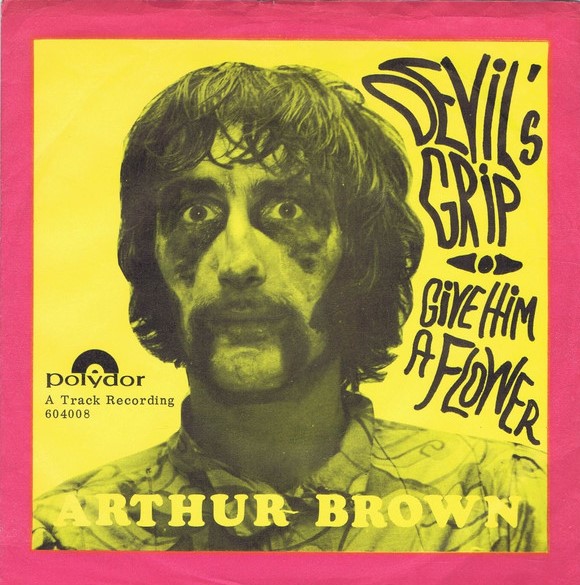
How did you get involved with The Overlanders?
I auditioned for them and got accepted. I vaguely knew their manager Harry Hammond, who is the legendary 60’s photographer of groups. I also wanted to experience a different kind of scenario, that is, playing cabaret venues. These venues were entirely different from pop and rock clubs. They were mainly coupled with restaurants and many had casinos in them. They also featured comedians, speciality acts and groups. They were not part of the front line trendy music scene, but they did provide a regular income and at that time, it was what I needed. Plus, I got to widen my skills by playing to an entirely different audience that I had been used to. We also would play at two clubs per night, if they were close enough.
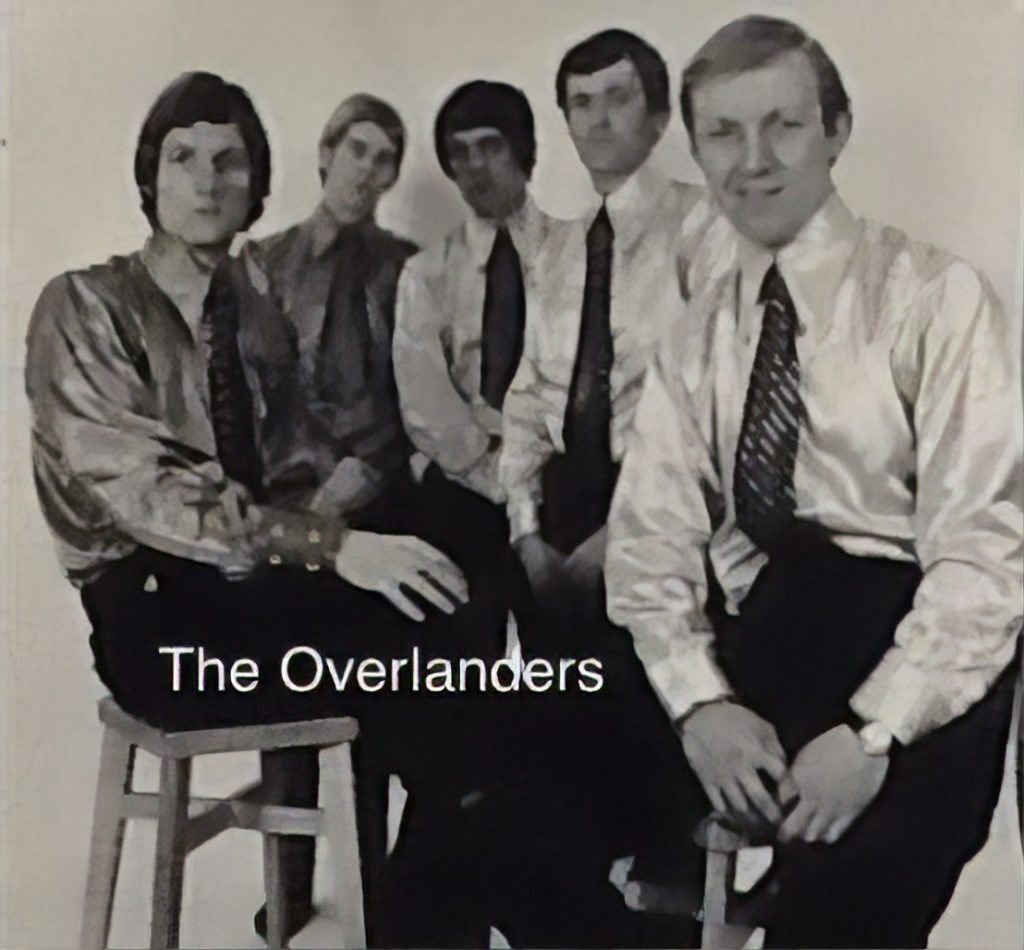
Warren Davis Monday Band was an interesting group, were you invited as a session guitarist? What did you record with them?
I was invited to join the band, I think! They were a soul based outfit musically and were produced by The Who’s Pete Townshend at the time. I did quite a few gigs with them and a few recordings. There was a big Daily Newspaper hype surrounding the band as they got hold of a story from somewhere saying they were destined to take over from The Monkees.
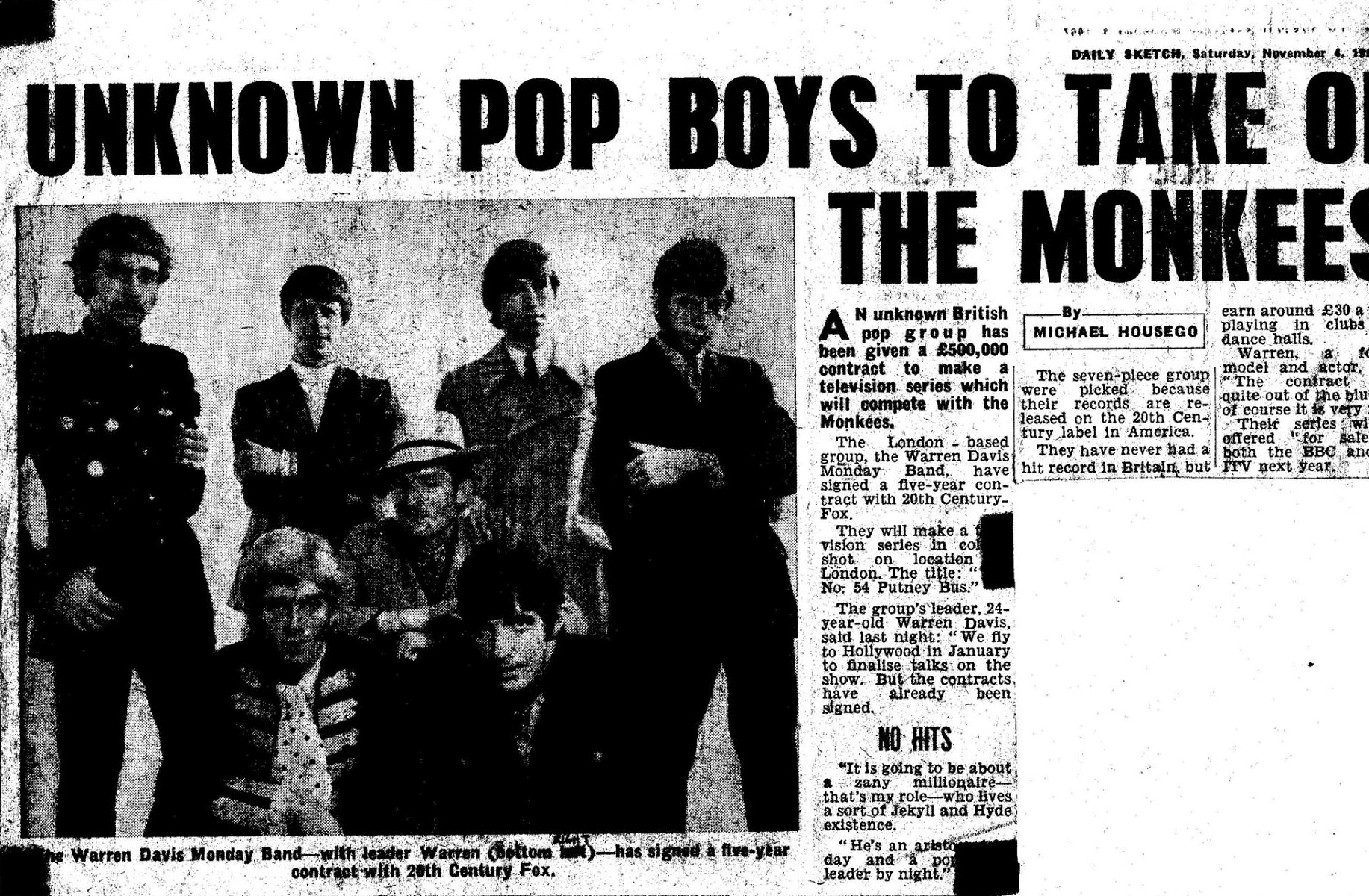
Probably some creation of non factual (fake news) created by the manager at the time. Still, the Daily Papers fell for it.
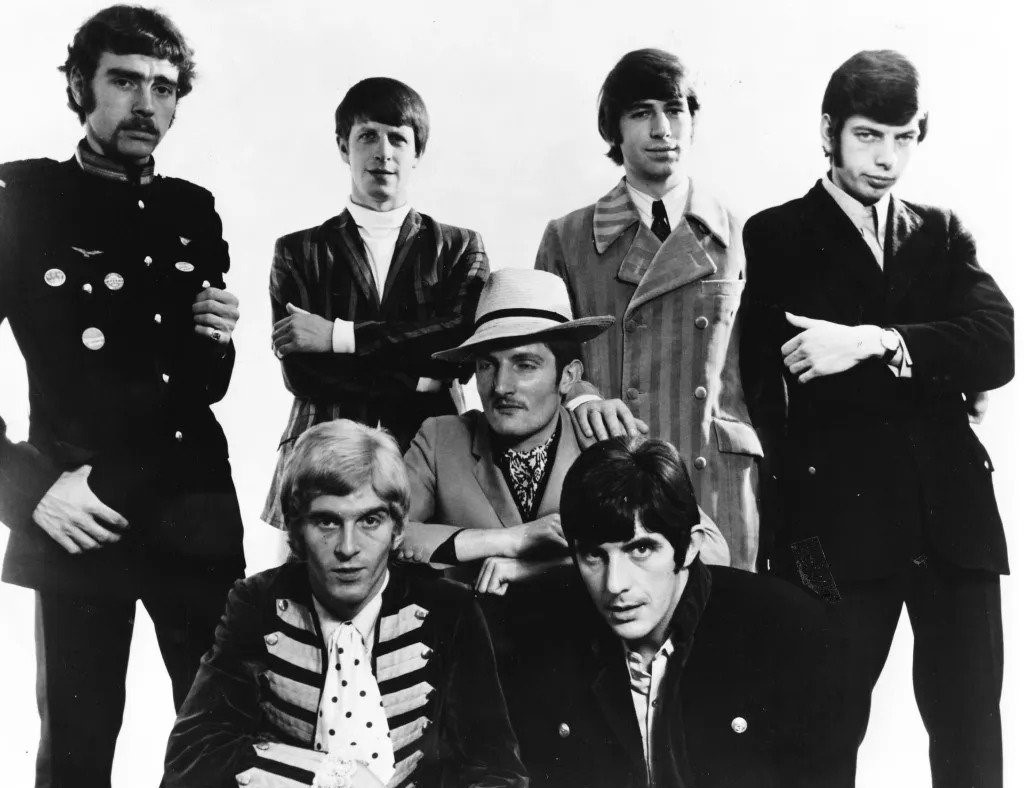
In 1968 you played with a group called Tintern Abbey. On what tracks did you play? There seems to be a rumour that the band recorded a whole album, do you know anything about that?
Tintern Abbey was a strange gig for me. Rated on the psych circuit and managed by Nigel Samuel, the owner of the psych paper International Times. We were basically paid a small weekly wage and installed in one of Nigel’s terraced houses at the back of Sloane Square in London to rehearse and play for him when he came round. A sort of ”band in a box” if you like. He didn’t really bother getting us gigs, which for me, was extremely frustrating, as that’s what I had done for many years.
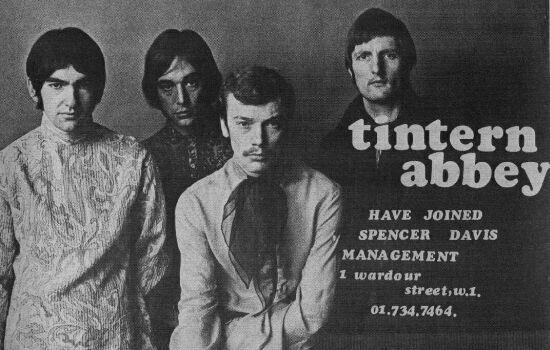
My father again paid for us to record at Tony Pike’s Studios and they were never released, until I put them on my Cherry Red ’Anthology’. In fact, if you include their previous single, ’Vacuum Cleaner,’ which has become a highly rated psych track, there was probably enough recorded material for an album. At least Cherry Red managed to compile enough material recently to release a new Tintern Abbey compilation on vinyl.
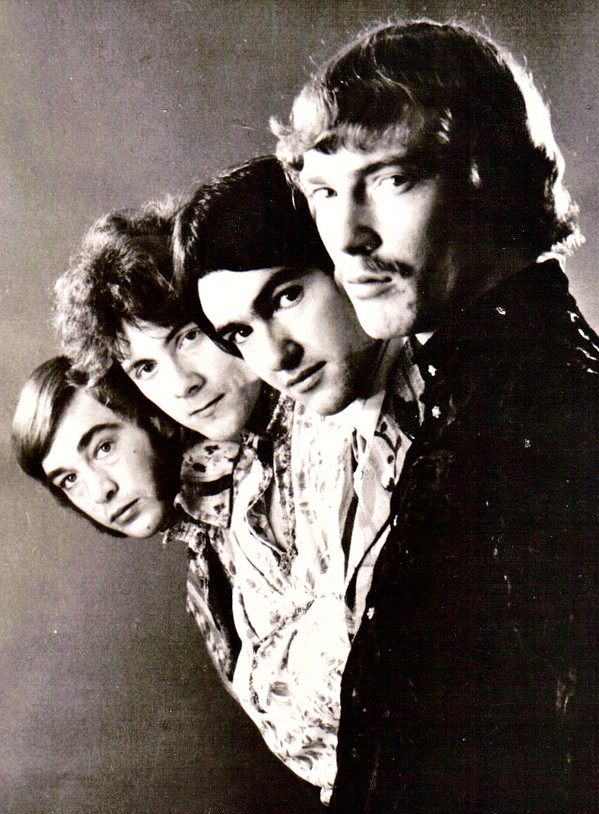
We did, after a little pressure on the manager, sign to the Spencer Davis Agency. We started doing a few gigs and I got Terry Goldberg into the group. The excellent keyboard player, formerly with The Mark Leeman 5. But, unfortunately, gigs were only sparse. I had an offer to join Elmer Gantry’s Velvet Opera, who had a full live datesheet and a recent Top 20 chart hit with ’Flames’ under their belt. So, it suited me to move onto a new challenge and musical learning curve.
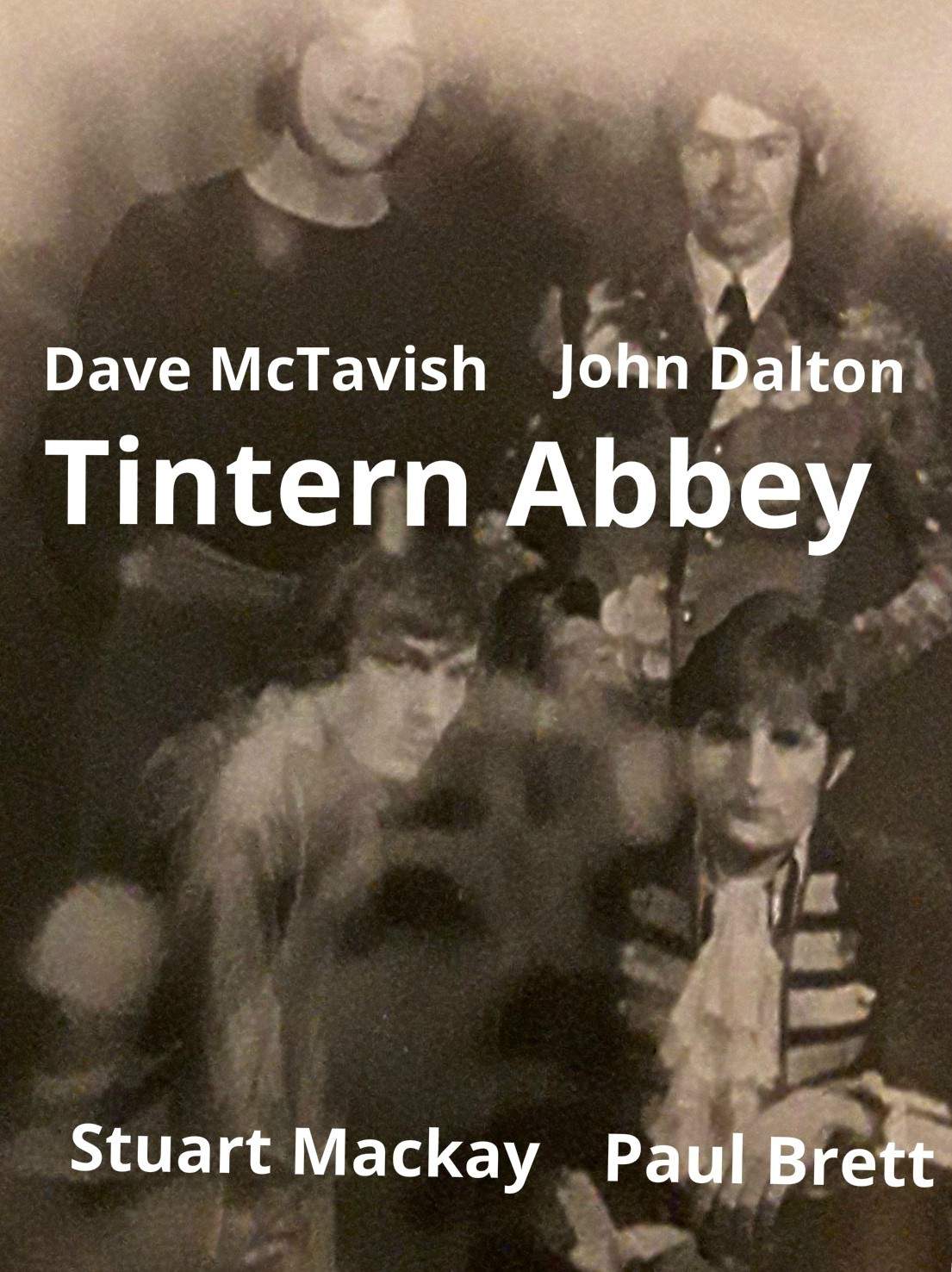
Do you know what were the circumstances leading guitarist Colin Forster to leave Elmer Gantry’s Velvet Opera and were you aware of the band at the time of your joining? This was right after the release of their debut album, right?
No idea why Colin Forster left, as I didn’t know him. I did know Elmer from before and knew of his talent. I knew of the band and of Elmer’s involvement, but never knew any of the other members. In fact, at the time, it was a bit like musical chairs, because I joined Elmer and Colin joined Tintern Abbey!
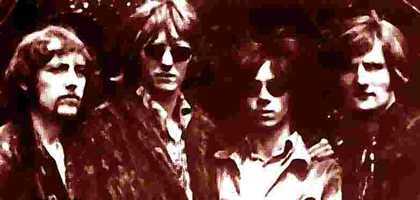
You knew Dave Terry (“Elmer Gantry”) from your Union days, you basically joined right after the release of the album. Did you play a lot of gigs? What are some clubs and bands that you appeared with?
The Opera had a good agent in Terry King. Terry always had a full datesheet for the group, touring all over the UK. Playing clubs, colleges and universities mainly. We played a few festivals too. The group was very popular on the UK live circuit during the time I played with them.
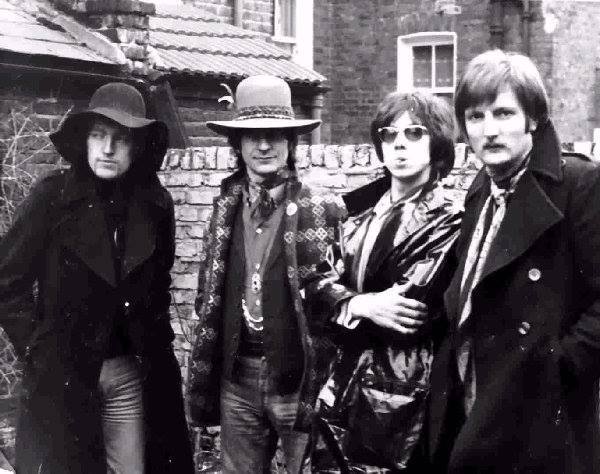
Did you experiment a lot back then?
The closest really was the Tintern Abbey set up. I did do quite a few sessions for other artists and songwriters who were experimenting with psych styles. Sound engineers too, we’re experimenting with all new effects and tape effects.
Do you know why Dave Terry left the band? How did the transition to Velvet Opera come about with singer Johnny Joyce? What are some of the strongest memories from writing and recording ‘Ride a Hustler’s Dream’? Did you do a lot of gigs?
I have always had the greatest respect for Dave’s talent. He is a top singer and performer. There seems to be a deliberate loss of memory by others in the group, as to why Dave exited the group. In a recent article for another magazine, they all blamed me for Dave’s departure. I have a different memory of events and as I recall, a decision was taken by ALL members to part company with Dave and it was not musical, for reasons that I do not want to make public. Suffice to say, that the other members should examine their own memories and have the guts to state the truth as to their involvement in Dave’s departure, including Dave himself.
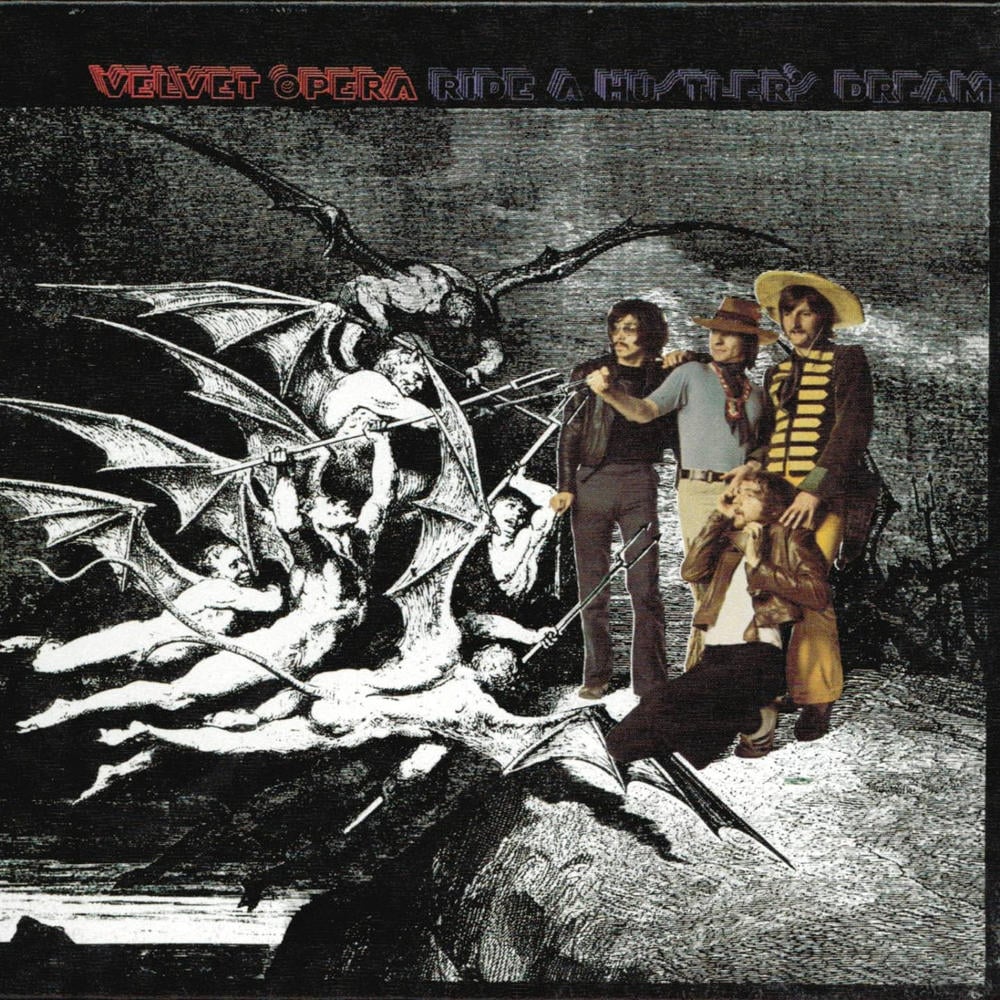
When Dave departed from the band, it was agreed that his replacement would be 12 string guitarist and singer Johnny Joyce. It did change the musical direction of the group recording ‘Ride A Hustler’s Dream’, in comparison to previous Elmer Gantry’s Velvet Opera styles. We wrote and recorded a wider selection of styles and genres, including the introduction of acoustic based guitar tracks, which everyone enjoyed, including at the time, the Producer Barry Kingston. We were all pleased with how it turned out and again without Elmer, the group evolved into a different sphere of musical direction. We carried on doing quite a few gigs as The Velvet Opera, including supporting The Who on their ‘Tommy’ launch at The Lyceum in London.
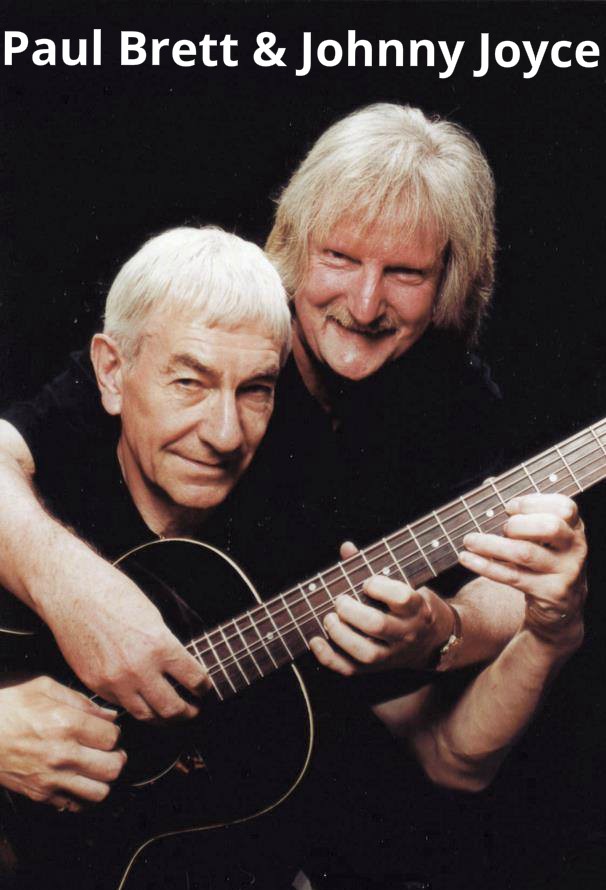
Many years ago I interviewed Dave Lambert of Fire (later Strawbs) and he said: “I asked Paul Brett to play guitar on some of the tracks, mainly to take a bit of the workload off of me; I was writing, singing, playing guitar and keyboards and sometimes percussion, so I needed someone to help me out. … The recording of the album was extremely hard work for me and it finally took its toll. My exhaustion combined with the fact that the album didn’t chart left me wanting to quit. Would you like to put your two cents in?
I met Dave Lambert at The Strawbs Folk Club, held at The White Bear Pub in Hounslow. Dave’s band Fire, played there too, as did many other artistes at the time, including David Bowie. I was with The Velvet Opera and Dave asked me to do sessions on his new album ‘The Magic Shoemaker’.
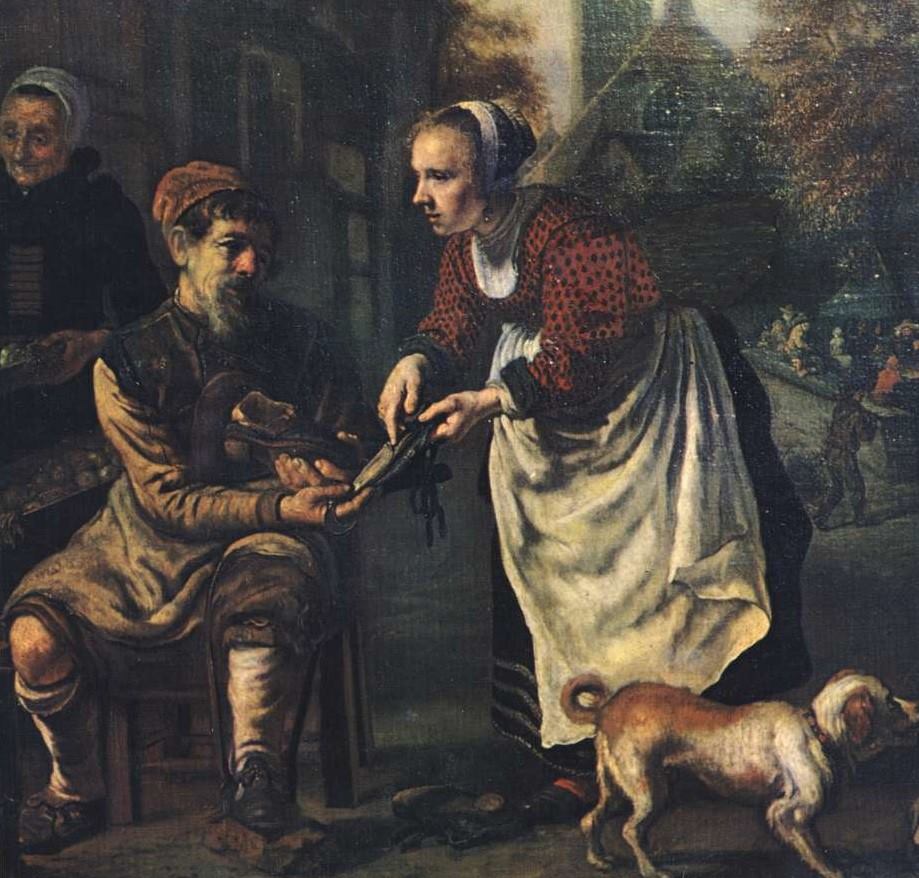
I did this at Pye studios in London. The record was produced by Ray Hammond. It was a most enjoyable experience and Dave had written a concept album with some great songs in there. I actually joined Fire for a while after I left The Velvet Opera and did a few gigs with them. Also in the band was drummer Bob Voice and bass player Richard Dufall, who later joined me in starting Paul Brett’s Sage. I also did sessions at this time for The Strawbs on their ‘Dragonfly’ album. Dave Lambert later joined The Strawbs along with the remaining members of The Velvet Opera, except Johnny Joyce, who teamed up with me to form an acoustic duo.
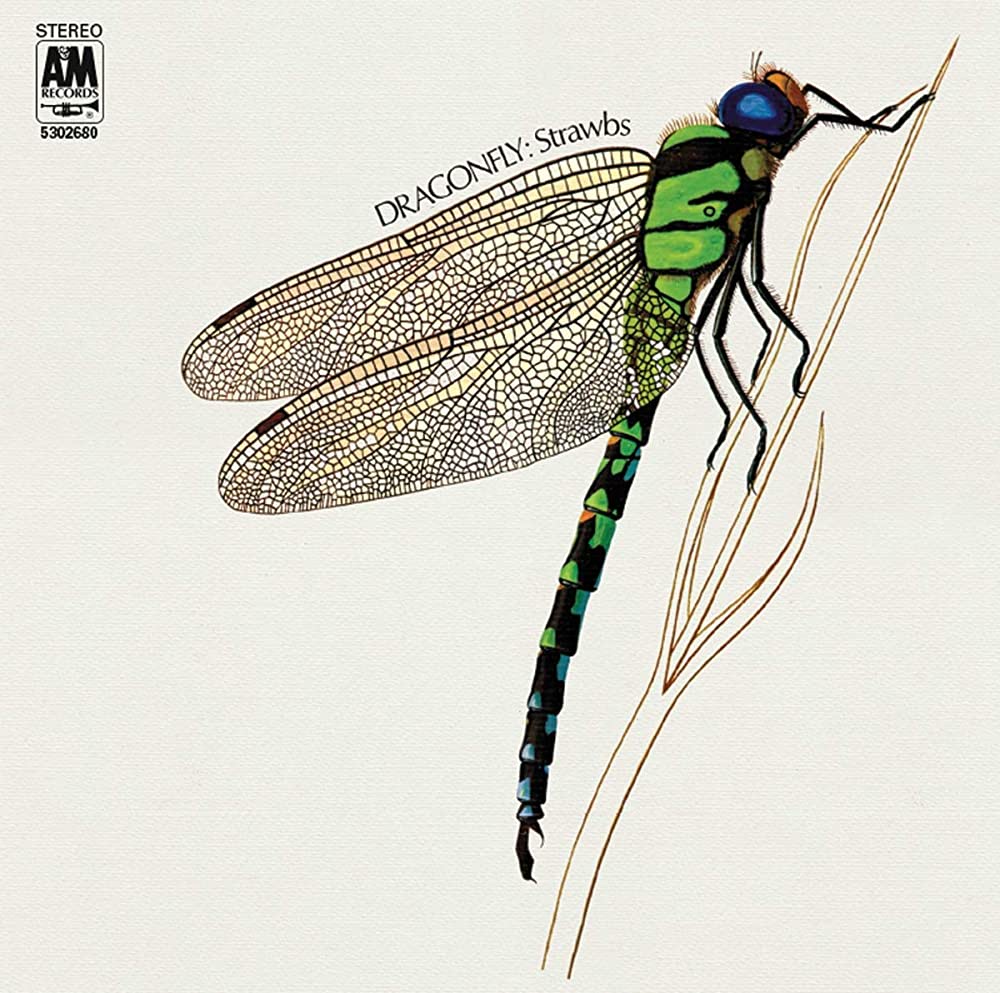
I believe this band was the basis of Paul Brett’s Sage, as two Bob Voice and Dick Dufall followed you to form a new project. Would you like to share what was the main concept behind it?
Initially, Bob and I were into what Ritchie Havens was playing. So, Bob started playing bongos and congas and I hammered out a percussive style on an acoustic 6 string, using my 1930’s Gibson L00 that I brought from Johnny Joyce. We tried this out in a few London Folk Clubs by just turning up and playing a few songs as guests. It was very well received by the audience and gave us the confidence to expand into what became Paul Brett’s Sage. After a while, we added Dick Dufall on bass and harmony vocals and flautest/sax player, Nicky Higgenbottom. She gave the group a different sound and subsequently we recorded some original tracks and sent them around the record companies. We did not have a manager at that time and felt we had enough experience and contacts to approach labels ourselves.
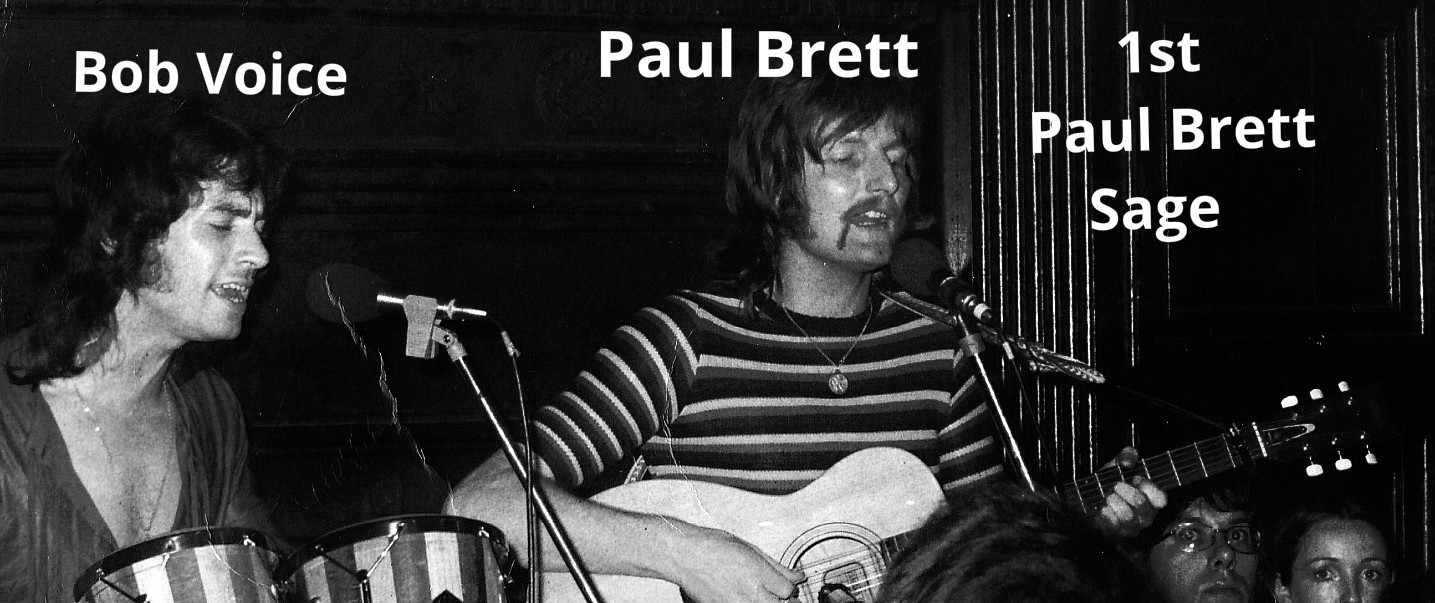
Fortunately for us, we were invited to meet legendary big band leader Cyril Stapleton, who at the time, was also head of A&R at Pye Records. Cyril offered us a record deal and we started recording the first Paul Brett’s Sage album. It was a first for me in using my name to front a new group as the main vocalist. I learned a lot from this venture, including recording techniques and mixing acoustic, electric and percussive sounds. We engaged an arranger by the name of David Palmer, who later joined Jethro Tull. Dave added keyboards on a few tracks and did a full orchestral arrangement for ‘Reason For Your Asking’ which is one of my favourite tracks on the album.
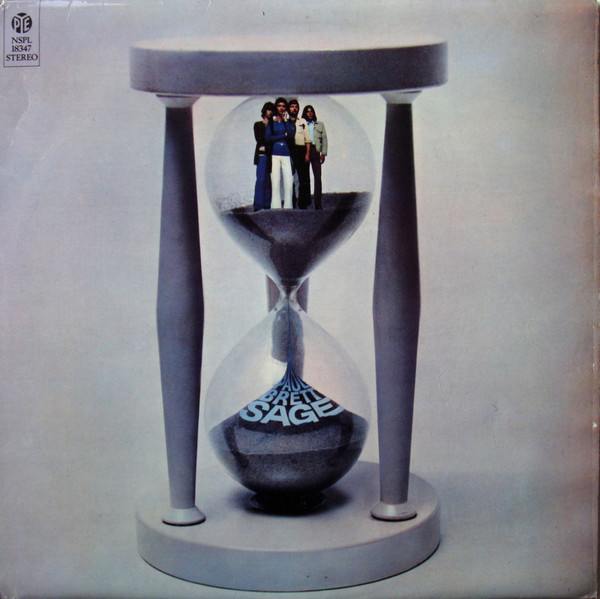
As the album wasn’t due out for quite a few months, Cyril asked me and Bob to join his orchestra for the summer season in Blackpool. Dave Palmer joined the orchestra too.
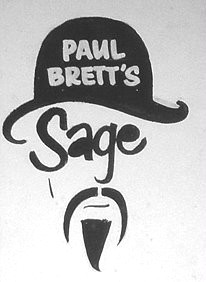
“I also played with Lonnie Donegan”
Cliff Townshend, Pete’s dad, was the tenor sax player and Pete’s cousin Ian, was on rhythm guitar. Again, this was a new experience for me and one which I again learned a lot from. On the bill was the Legendary Lonnie Donegan and his group. I had always admired Lon’s music and especially his love of Leadbelly songs. ‘Rock Island Line’ is one of my favourite Leadbelly songs. About a month into the season, Lon’s guitarist left and Lon asked Cyril if he would let me join his group. So, apart from playing the big band stuff, I also played with Lonnie until the end of the season. Lon asked me if I would join his group on a permanent basis, but with Paul Brett’s Sage first album due out, I respectfully declined Lon’s offer, despite part of me wanting to stay with Lon. I couldn’t let my band down after all the hard work we put in and there was a lot of International take up to release the album and bring the band to various countries to promote the album. Therefore, PBS, on the release of the first album, became a reality, both on record and in live performances.
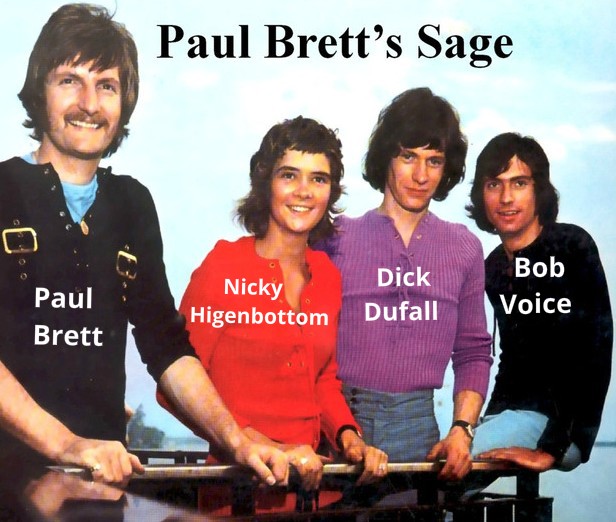
I would truly appreciate it if we can discuss a bit more further about Paul Brett Sage, what led you to record Pye Records?
Sage went on for about three years and moved from the Pye label to the Dawn label. For whom we recorded another two Paul Brett Sage albums and numerous singles. All good things come to an end, so did Paul Brett Sage and my career in music moved to another different phase.
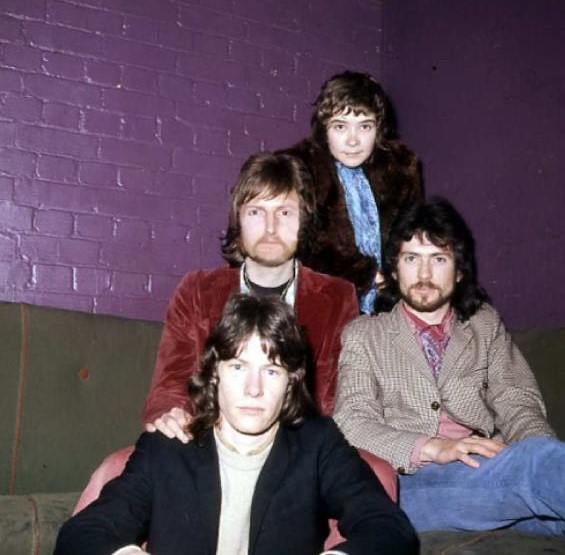
If I were to play your albums right now, what are some memories that would run through your mind? Some commentary about each of the releases would be truly appreciated.
‘Paul Brett Sage ‘(1970)
First album of my new line up and the first one that I used my name as front man. Enjoyed our time together and many reviewers said that this was our best and most original offering. In some ways they were correct as “firsts” for me have always been the premier step into creating new musical ventures. Cyril Stapleton produced it and Andy Hendriksen engineered it. I also met Dave Palmer who arranged some tracks and played keyboards on a few. The mix of instruments worked well and ‘3D Mona Liza’ was chosen as our first single. One of the highlights of these sessions was when world famous jazz drummer Louie Bellson dropped in and jammed with us. Bob Voice was elated that Louie was playing with his kit!
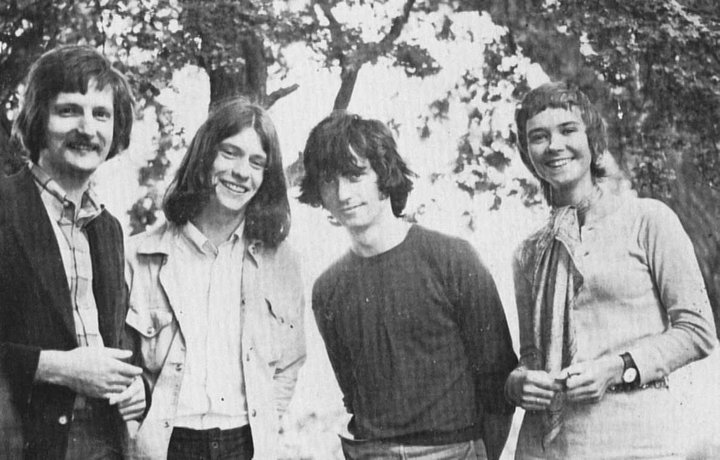
‘Jubilation Foundry’ (1971)
After touring the UK and doing quite a few festivals and TV shows in Europe to promote the first album, Nicky left the band to pursue her love of jazz and we asked guitarist Stuart Cowell to join. Stuart added a more electric and heavier dimension to the group. The title track ‘Jubilation Foundry,’ was inspired by a Blacksmith’s anvil and Bob would start the track, hammering away at that heavy piece of steel! We even toured with the anvil and finally left it under a hotel bed in Portugal as carrying was becoming a burden! The album contained quite a few more three harmony songs with Bob and Dick in full voice with me. ‘Tuesday Evening,’ ‘Written in Winter’, highlights the harmonies very well. On the more electric side, ‘Jubilation Foundry’ came to the fore.
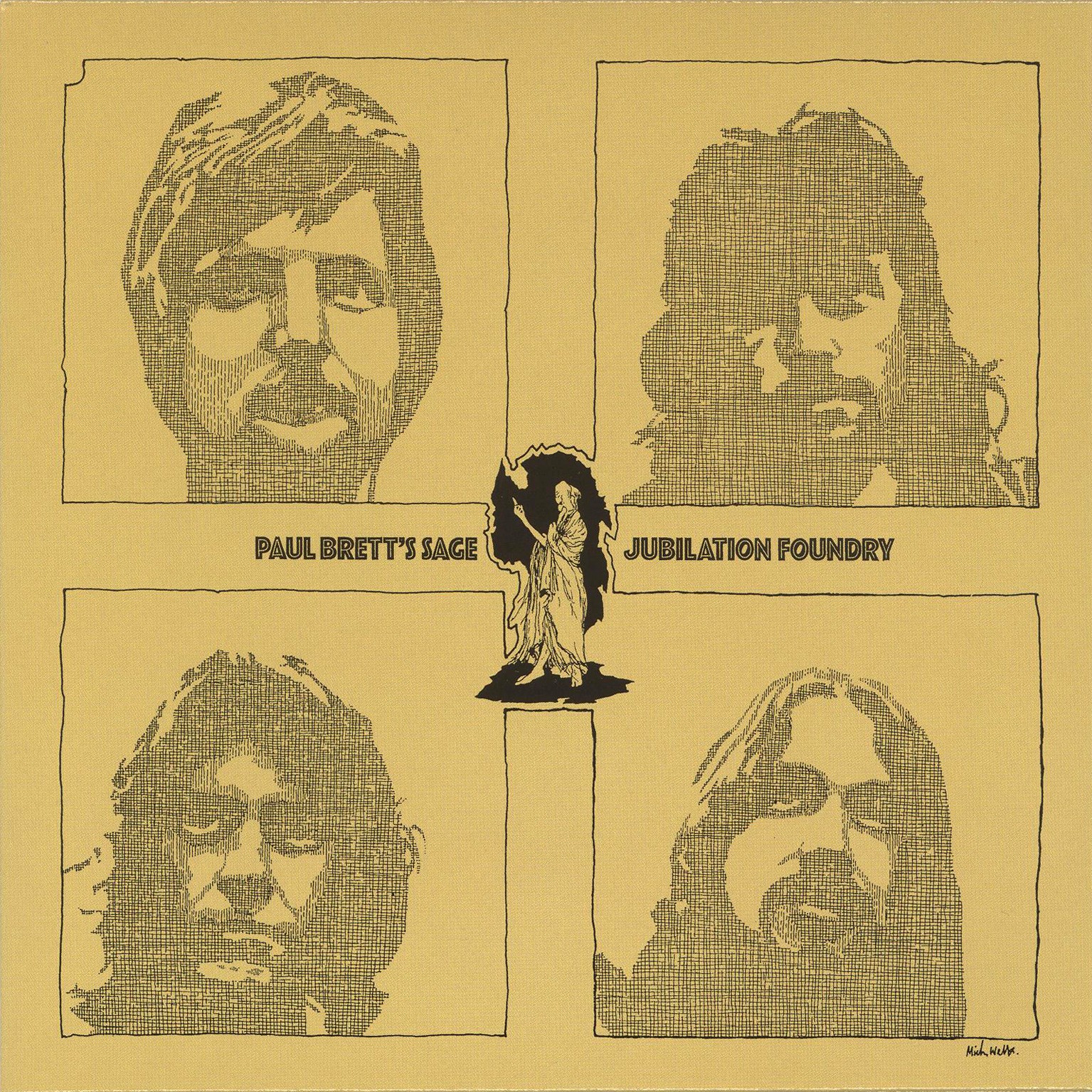
We also used arranger Mike Gibbs for some orchestrations. Paul King of Mungo Jerry also played harmonica. ‘Goodbye Forever’ was chosen as the single by both Dawn and our new management, Red Bus. We also appeared on Top of the Pops national TV show to promote it.
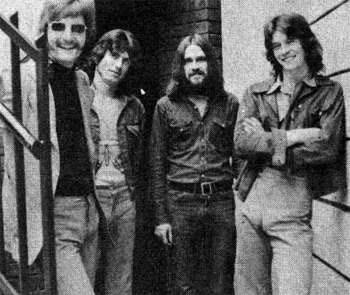
Highlight of the year was the band’s appearance at the Weeley Festival in August. We were on a National Red Bus Tour with Mungo Jerry at the time and Marc Bolan visited our bus during the proceedings.
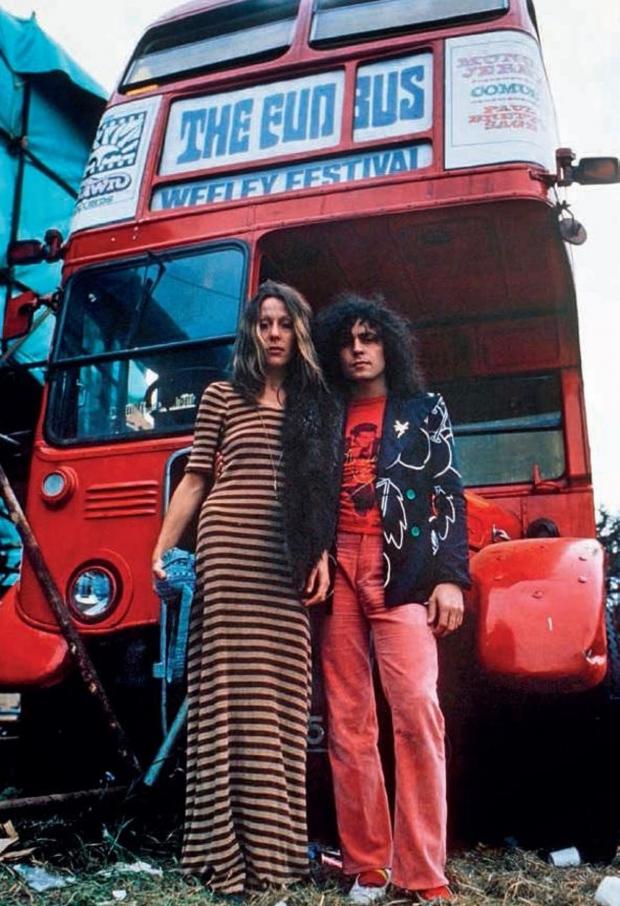
‘Schizophrenia’ (1972)
This was the final album the band recorded for the Dawn label. Bob, Dick and Stuart played throughout on the tracks. Again, a mixture of electric and acoustic based songs. From the heavy ‘Custom Angel Man’ to the gentle, harmonic ‘Autumn’. Dave Lambert even guested on keyboards on ‘Custom Angel Man’ and ‘Make it Over’. Rod Coombes of the Strawnbs guested on Drums on ‘Slow Down Ma!’. Flautist and keyboard player Rob Young also guested on a couple of tracks. We did the BBC’s Flagship TV show The Old Grey Whistle Test during this time.
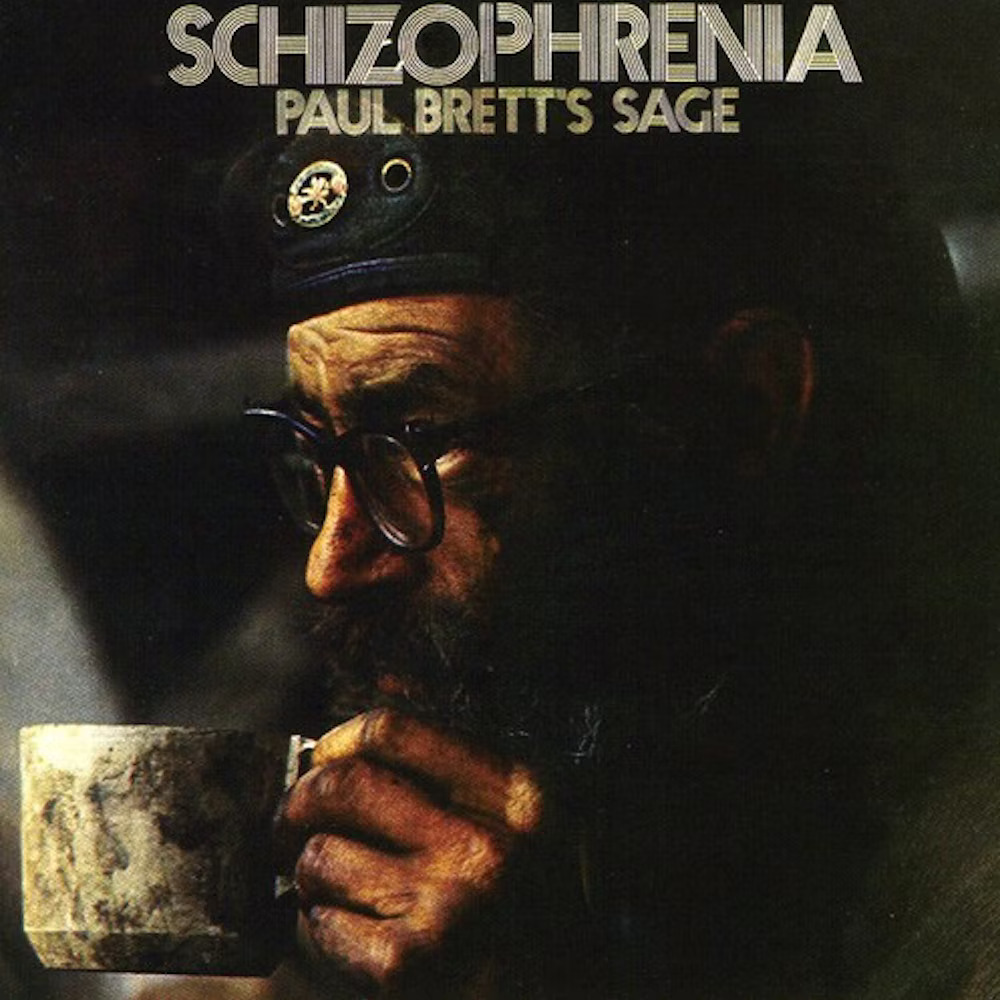
Stuart then left the band and violinist Mike Piggot appeared on this show with us, although never featured on any of our albums. He did record the EP which featured the song ‘Daliah’ with the band. Shortly after that, Paul Brett’s Sage split, mainly due to management issues.
There were some lineup changes which included Stuart Cowell, who I’m currently interviewing as well.
Stuart left the group and violinist/guitarist Mike Piggott replaced him. We did some gigs with this line up and even a live TV show in Paris for the French show, Rockenstock. Bob Dylan and John Lennon were also on the same programme. Shortly after that, the band split and Mike and I carried on as an acoustic duo. We did not have a record deal but we had a tour in the book promoting ‘Schizophrenia’ for Dawn on the Status Quo National UK Tour which Mike and I played as a duo. This line up perfectly complimented the Quo’s heavier rock style.
What would be the most memorable gig with this group?
That has to be The Weeley Festival in August 1971.
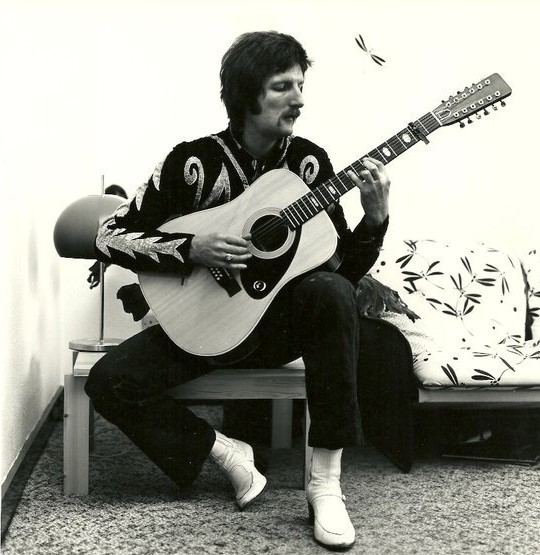
David Lambert went to join The Strawbs, what about you? I guess you were friends with the band since you often played in their club The White Bear in Hounslow… There must be some great stories from that club…
The club was run by Dave Cousins, leader of The Strawbs. At that time, they were an Acoustic Folk Trio who were very popular on the UK Folk Scene. I played there with The Velvet Opera, Fire and Johnny Joyce over the years and Johnny and I did some UK dates opening for The Strawbs. I also played session guitar on their ‘Dragonfly’ album. Lots of artistes played there, including David Bowie (prior to the ‘Ziggy Stardust’), John Renbourn, Bert Jansch, Gordon Giltrap, Rick Wakeman (who later joined The Strawbs) and many others who were doyens of the Fok Scene at that time.
Would love if you can speak about the beginning of your solo career with the release of two albums for Bradley’s Records.
The beginning of my solo career wasn’t exactly solo. I had Mike Piggott with me and we were lucky enough to be offered a new album deal by a newly formed label by ATV Music Publishers. Mike and I recorded the first ‘Paul Brett’ album adding bassist DeLisle Harper (later of Stealers Wheel), keyboard player and flautist Rob Young and my old mate from The Union, Jim Toomey on drums. We recorded this album at Rockfield Studios in Wales, which was fast gaining a great reputation. Mike and I were still doing gigs as a duo. We then added mandolin player Dave Griffiths to the line up who also played violin and upright bass for the ‘Clocks’ album.
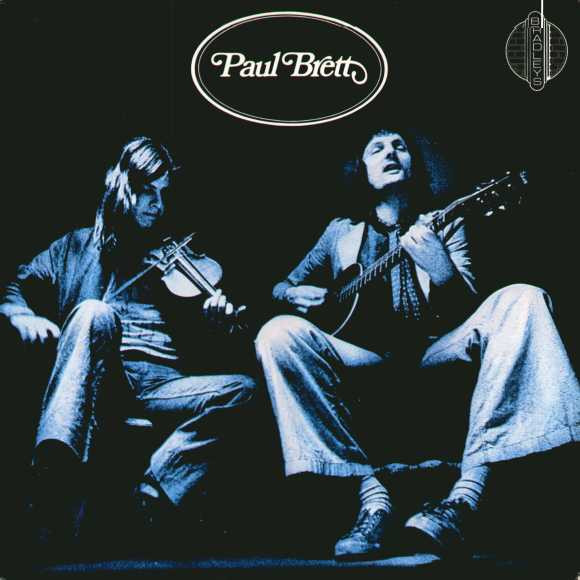
We recorded this album at the Marquee Studios in London. Cellist Nick Stirling also did some session work on the album and Dave Palmer reappeared to do a few arrangements. After that, Dave left and Nick joined the live set up and we embarked upon a Bradley’s National Tour alongside Hunter Muskett and Kala, who were also signed to the label.
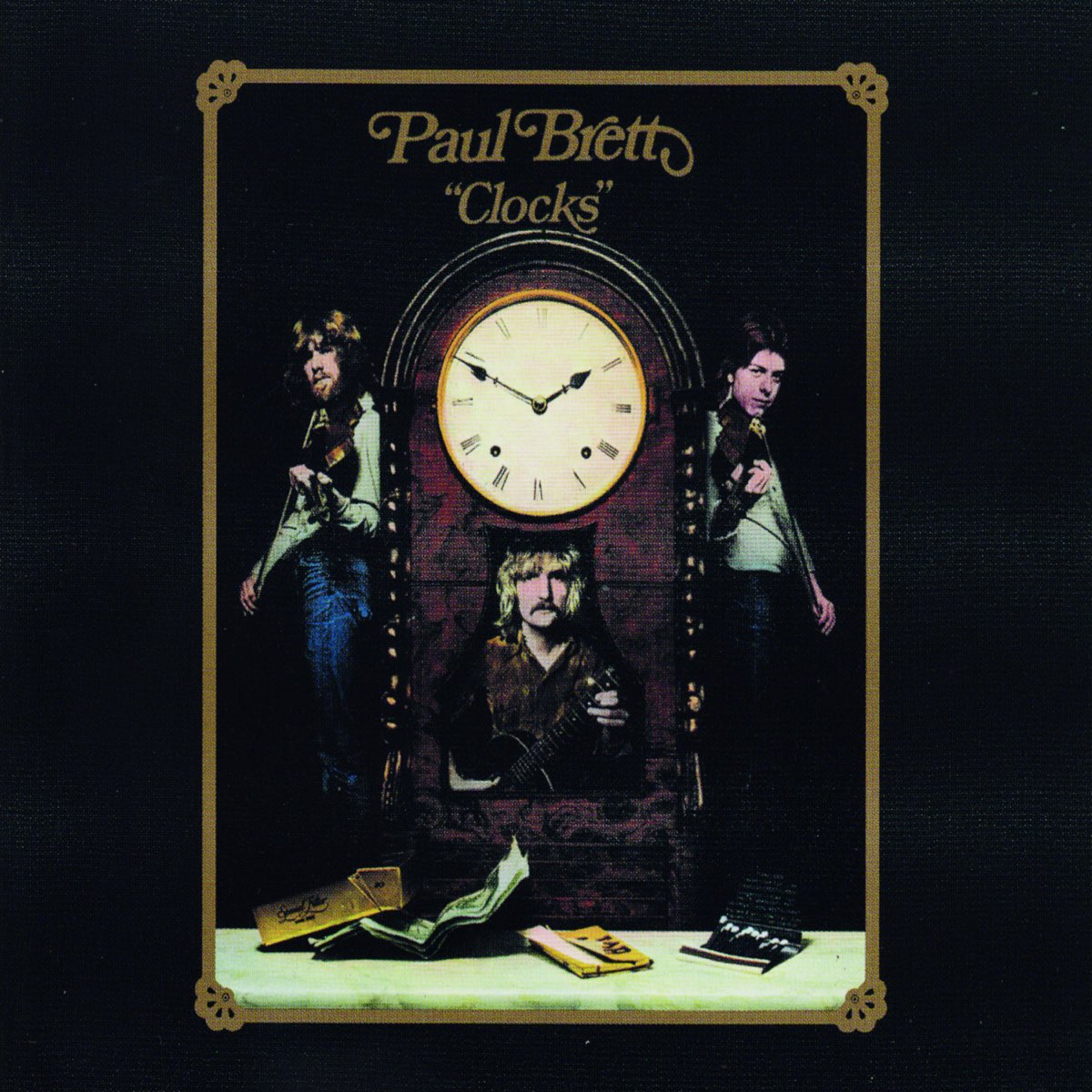
This culminated in a live gig recording at the Marquee Club in London, which was released on vinyl as ‘Bradley’s Roadshow-Live At The Marquee’.
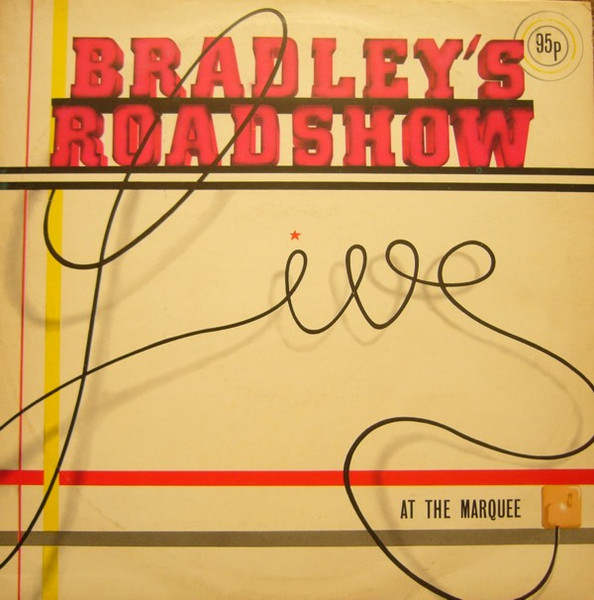
It was produced by Yardbirds singer Keith Relf and I produced my tracks.
Was ‘Phoenix Future’ a private release? How many copies were pressed?
After we toured with Ralph McTell, Mike Piggott left to join Ralph and Dave Griffiths and I carried on for a while.
Bradley’s contract had ended and Dave and I decided to go our separate ways. I took some time out as my marriage had also ended and I moved back to Braintree in Essex to spend some time with my parents. Talking to my dad always helped me rationalise things and put them into perspective. He was ex-military and always saw things clearly for what they were, not what they appeared to be. I visited an old mate in Fulham, who was working as a printer in Dawes Press and he introduced me to the owner Michael Tickner. Mike was a well established printer who had clients such as world famous cartoonist Ralph Steadman. This connection to Mike led to us jumping in his car and heading for the Càmargue in France with our camping equipment. We spent the Summer pitched up in a vinery, and did a lot of fishing too. Mike took his Grundig 2-track tape recorder down there and we wrote a new album, which we called ‘Phoenix Future’.
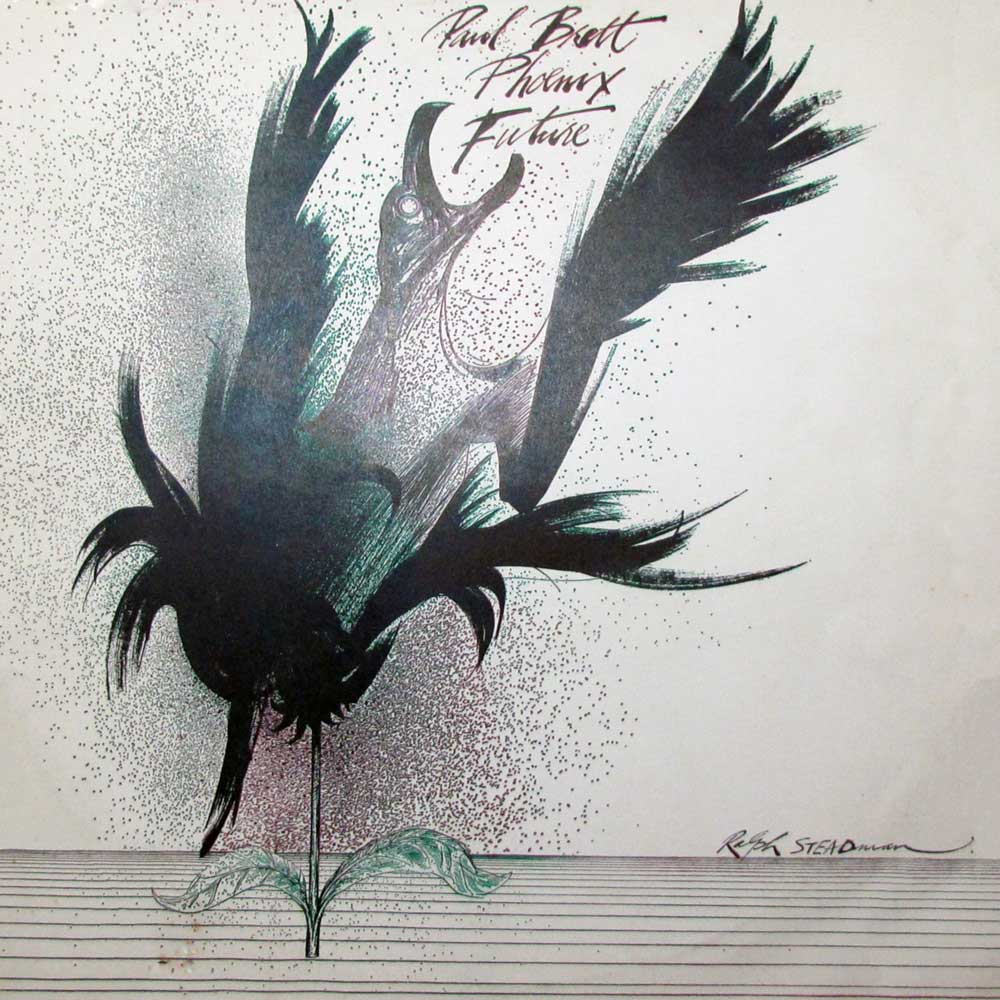
Upon our return to the UK, we booked a small Studio in Chiswick, London and made enough professional recordings to release PF on our own label of the same name. We did use a few other musicians on the recordings. Bass again was Delilse Harper, drums Steve Holley (who later joined Paul McCartney group Wings), Johnny Joyce on 12 string guitar, Keith Warmington on harmonica and Romy Singh, backup vocals. I produced the album and Ralph Steadman designed the album cover, using his unique artwork. We released the album with pressings of 1000 which sold out in weeks. The reviews were great and we decided to do another. I had been experimenting with various tunes I had written on a 12 string guitar. I was becoming more and more attracted to solo 12 string after working with Johnnie Joyce. Johnny taught me how to basically pick and tune a 12 string in the blues genre. But, I wanted to develop my own style and so went down to my local Woolworth store and bought a Kay 12 string for the princely sum of £40. After about 6 months I had written enough original tunes to record an album. I asked Ralph Steadman to do the cover again and also produce the album, which he did.
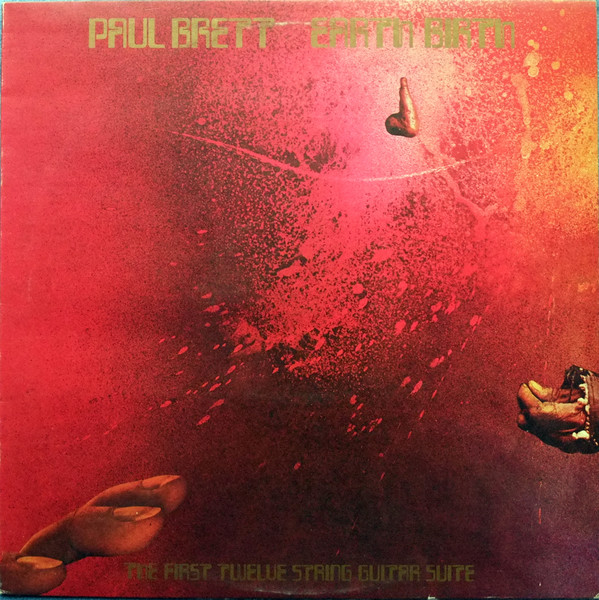
We called it ‘Earth Birth The First Twelve String Guitar Suite’. Again we released it on our Phoenix future Co-Operative and again it sold out in a month. Everyone said we were mad about releasing it smack bang in the middle of the punk era but the press reviews were brilliant, I suspect because compared to everything else that was being released at that time, it was so outrageously different compared to the mainstream trends.
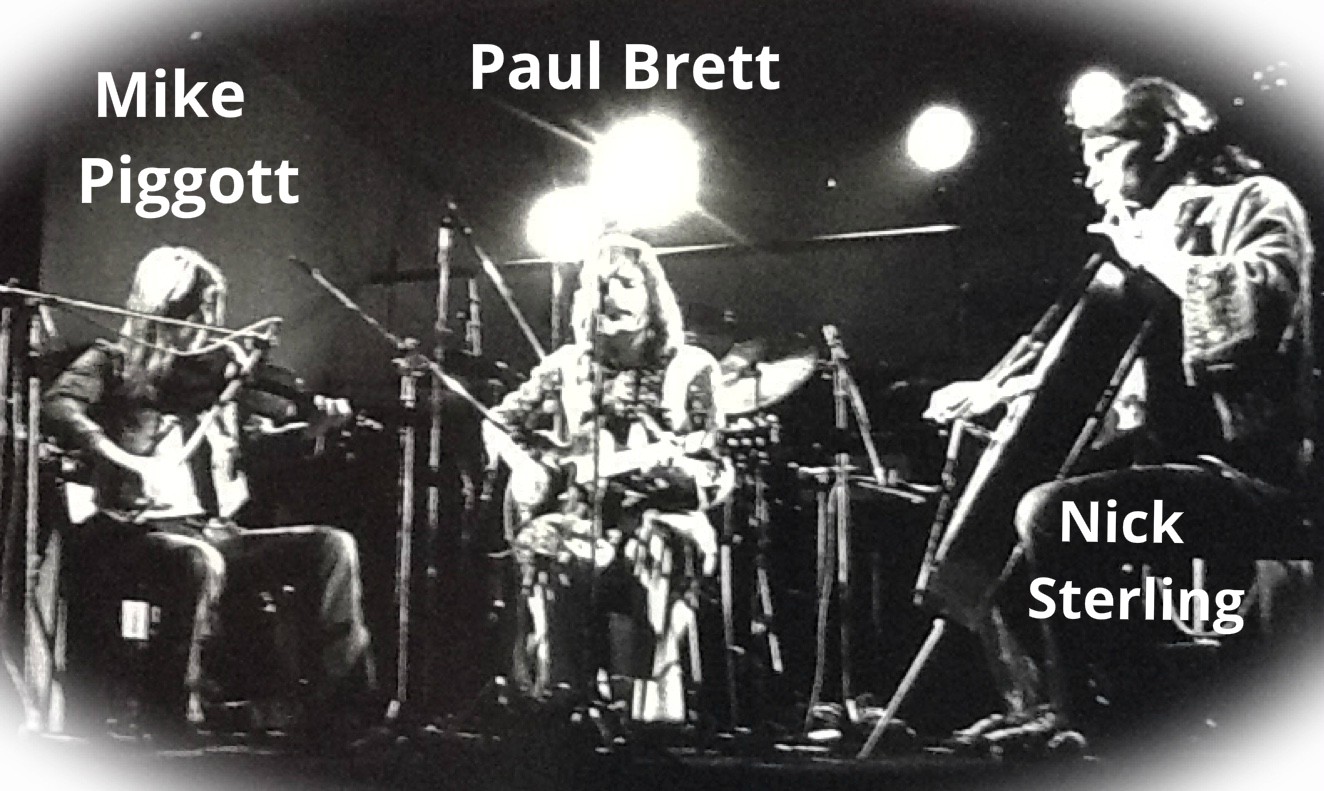
How did a four album deal for RCA come about?
After the release of ‘Earth Birth’ on our own label, and the great press reviews, we had a call from RCA Records to offer us a worldwide 4 album deal. We readily accepted this contract.
Again I would love it if you could add some commentary to the following RCA albums.
‘Earth Birth The First Twelve String Guitar Suite’
RCA wanted to re-release ‘Earth Birth,’ my first solo 12 string instrumental album, without any other musicians, to a global audience. This they did to worldwide media acclaim. I did lots of gigs to promote this album, which gave me confidence I could just play solo 12 string instrumentals to a live audience.
‘Interlife’
‘Interlife’ was the first ever commercial album recorded at London’s Capital Radio Studios. By that time, I had met ‘Tubular Bells’ producer Tom Newman, and he agreed to produce ‘Interlife’. We did add some great players to the recording and unlike ‘Earth Birth,’ it was more of a full line up, band album. The title track ‘Interlife,’ much like ‘Tubular Bells,’ consisted of one track which covered the complete first side of the album. Whilst side two, contained individual tracks, all composed by me. The brass section was The Rolling Stones section of Mel Collins, Tenor and Alto saxes and Steve Gregory on baritone sax. Dave Griffiths on upright bass and he designed the album cover. DeLisle Harper played electric bass and did the brass section arrangements. Rod Coombes played drums. Derek Austin played keyboards. We premiered the full album at London’s Queen Elizabeth Hall, opening for Julien Lloyd Webber’s launch of a new album he recorded, written by his brother Andrew, called ‘Variations’. ‘Interlife’ was well received by the audience too. Capital Radio also recorded it live, for later broadcast.
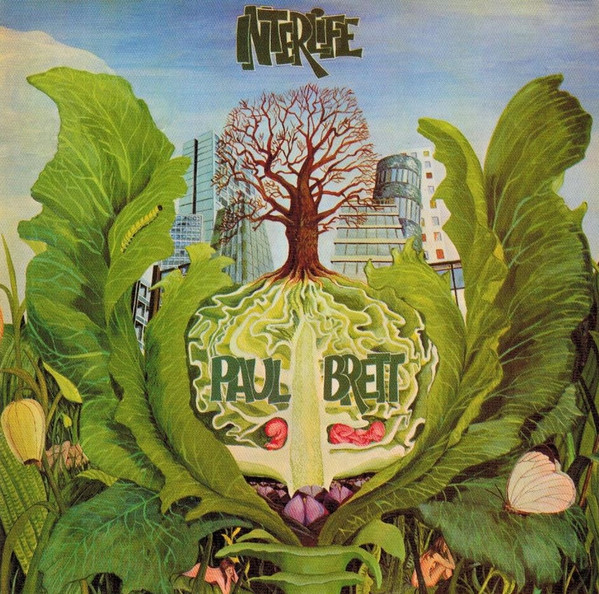
‘Eclipse’
‘Eclipse’ was the second RCA album recorded. The musical content was recorded using some great players. Again Tom Newman produced it and we recorded at TW Studios in Fulham. Line up was basses; Dave Olney and Dave Williams. Brass section: Steve Gregory, Chris Mercer and Ray Warleigh. Drums were Tom Nichol and Graham Jarvis. Keyboards: Rob Young. Rhythm guitar: Alan Todd. Johnny Joyce again played 12 strings and I even managed to sneak a vocal track in there with Tom doing backing vocals. One strange moment was when ex-Shadows bassist Jet Harris popped in the studio and picked up my 6 string Fender bass and we recorded a version of his number 1 hit record ‘Diamonds’. This recording has never been released and I still have a copy.
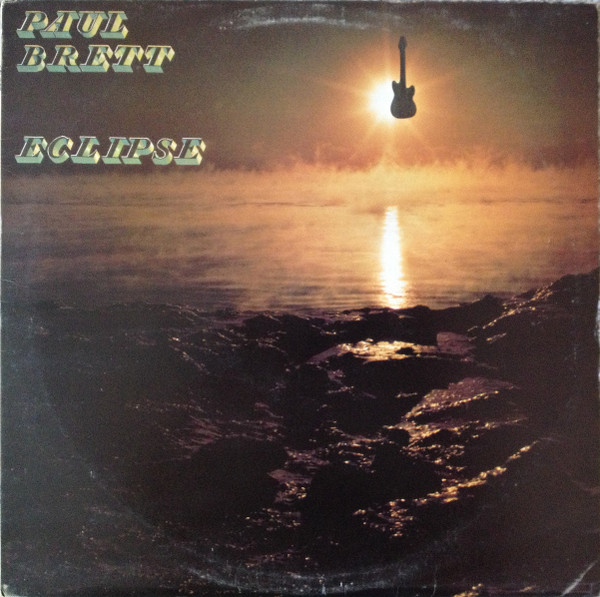
‘Guitar Trek’
‘Guitar Trek’ was the final album I recorded for RCA under my contract. I used TW Studios in Fulham again and when released, Guitar Magazine said it was, in their opinion, the best of the four albums. The conflicting issue with this, was, as my contract with RCA had expired, I was approached by TV Company K-Tel to record an album for them, which was promoted at the same time that ‘Guitar Trek’ was released. The band line up was simpler on ‘Guitar Trek’. Richard Harvey came in on keyboards and the original tracks in the main, were taken from Johnny Joyce and my live duo set. There are also duo versions included of Brubeck’s ‘Take Five’ and Gershwin’s ‘Summertime’.
What about ‘Romantic Guitar’?
‘Romantic Guitar’ was a TV advertised album of me playing popular melodies with the London Symphony Strings. Arranged by Richard Harvey it was released at the same Time as RCA released ‘Guitar Trek’. Two entirely different concepts of instrumental albums, but because of the TV ads, ‘Romantic Guitar’ completely overshadowed ‘Guitar Trek’.
In fact, ‘Romantic Guitar’ hit the UK album charts and received Gold and Silver album sales awards. The downside of this was that when I received my first royalty cheque from K-Tel, it was for a mere £17.69p. As I spent nearly 6 months going round all the record stores with Ian Summers, Head of K-Tel promotions at the time, and a really nice guy who was great at his job, you can imagine my reaction at receiving the cheque. I had no choice but to engage lawyers to challenge this and we did so successfully. In the end, I received a settlement from K-Tel, plus the sole ownership of the master tapes in recompense for their “mistake” in issuing the original amount on the cheque. I must admit, it left a bitter taste in my mouth for a good while afterwards.
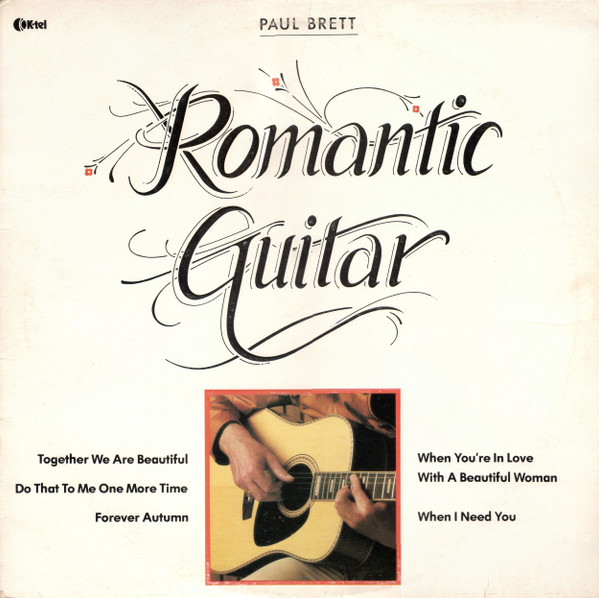
Then came you yours with Nu Disk.
After the K-Tel experience, I decided to look for a proper job on the other side of the entertainment industry. I was actually hired to write and record a project about “The Green Cross Code,” which was a UK wide project teaching kids about Road Safety, by a company called Pan Polychord. It was run by a city financier called Leonard Richenberg and his wife Carol. After successfully finishing the project, Leonard offered me a job as managing director. My brief was to look for more such projects and form a new label which we called Nu Disk. Plus sign artists and bands to it.
The first of which was Pete Haycock’s Climax. Pete had left the Climax Blues Band and wanted to form his own group. Pete was a world rated guitarist and a good singer, songwriter and front man. So, we got Pete Thompson on drums, Kef McCulloch on second guitar, Ian Dunnet on keyboards and Livingstone Brown on bass. We recorded a new album and I secured European and international releases for the album plus arranged gigs and tours for them. I also signed Dale Williams, a great singer and talented songwriter along with the ex Rubettes singer Paul Da Vinci, who had an amazing vocal range. Lastly, I signed Michele Breeze, the international star of the world hit musical Evita.
We made records with all of them and arranged gigs and tours for them too. Another project I did for Leonard strangely enough was for the National Women’s Institute. They wanted a Keep Fit programme on cassette and video, that they could spread around their members and attract younger ladies to join. I engaged Michele and her sister Olivia for this task and the wife of agent Stan Dallas, who was a fitness instructor.
We successfully completed the project and the Women’s Institute had a successful launch at London’s Royal Albert Hall. As I said throughout, I was always interested in creating first projects that contained a musical direction!
Another great gig we were involved in was putting on the legendary Fats Domino and his band at The Royal Albert Hall. I got Michele and Paul Da Vinci on the show too. The place was packed and the music all round was very well received by what seemed like a star studded audience. I stayed at PAN for about two years and enjoyed a different challenge of what was basically a desk job, but still involved in creating and promoting music. Again, another first for me from which I gained lots of new contacts in different areas of the entertainment industry, including international ones too. This actually benefited me greatly in future ventures I was destined to undertake.
How did you become A&R for RCA? That must have been quite an experience on its own? For another interview [laughs]. What are some fond memories of signing and rejecting bands that you perhaps later regret.
My big regret was that given the choice, the powers that be at the time, at the top of the UK RCA, chose to sign only one of the two groups I offered them. They signed The Adverts instead of The Police. Which in my opinion was a big mistake as history has proved. At least I got Tom Newman the job of producing The Adverts!
I did sign a few other artists to singles deals. One memorable encounter was with the Sex Pistols manager, Malcolm McLaren in The Greyhound Music Pub in Fulham. Malcolm was trying to get a new band he had signed to a label. He was asking sky high advances to sign them. As I knew RCA didn’t have those kinds of fees, he persisted and gave me a fully signed Sex Pistols ‘Never Mind the Bollocks, Here’s the Sex Pistols’ album with a unique opinion on the front by Johnny Rotten in reference to Sid Vicious. I still have this in my collection.
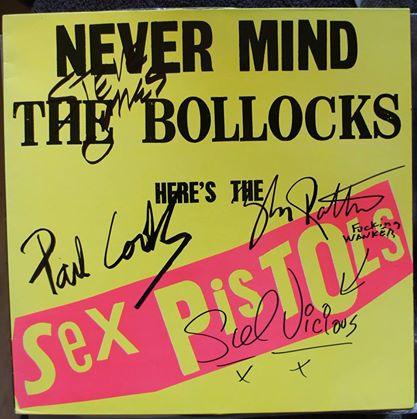
You know, I really enjoyed 2014, ‘Emergence,’ can you share some words about it?
Lots of people asked me to do another Paul Brett Sage album over the years, but I never felt the need to intrude on the past and I could never recreate the music or sounds the original line ups made. So, in 2014, I decided on a different approach to recording a new album. I made backing tracks on my sampler initially and sent them over to Pete Thompson in the States, who skillfully replaced the drum machine tracks with his own real time drum patterns, then sent them back to me. I then asked bass players Greg Robley and Gav Coulson to overdub bass parts on the tracks. When that was completed, I recorded all the guitar parts, both acoustic and electric, then finally added the vocals. I also used a vocal harmoniser for the first time to add some boost to some sections and lines in various songs. I have to admit, this new way for me to record an album indeed worked. I was also pleased that I could include a poem that South African radio presenter and journalist, Shiloh Noone, wrote called ‘Amsterdam’, which I set to music and it opens the album. I’m currently working on setting another poem of his to music entitled ‘Demon in the Semen,’ which may be the title of a new Paul Brett’s Sage album in the future!
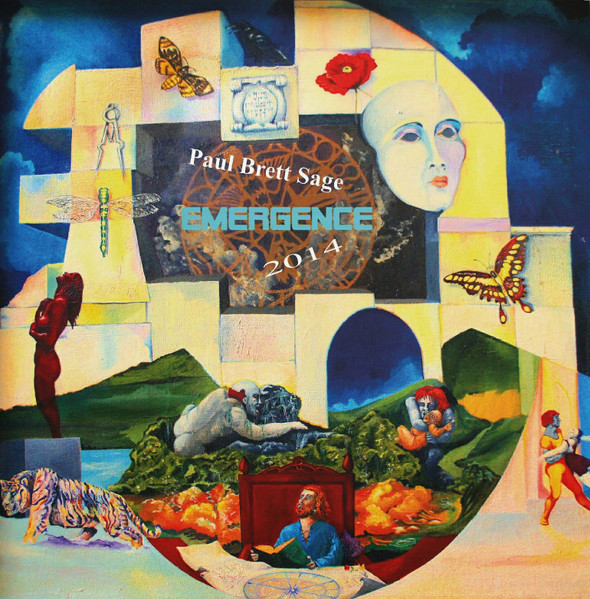
How was to record again with John Joyce, only a few years before his passing.
I had wanted to record with John Joyce again and set to tape many of the tracks we had played together down through the years. Just John and me playing 6 and 12 string acoustic guitars. We finally achieved this and released a CD called ‘Acoustic Power’.
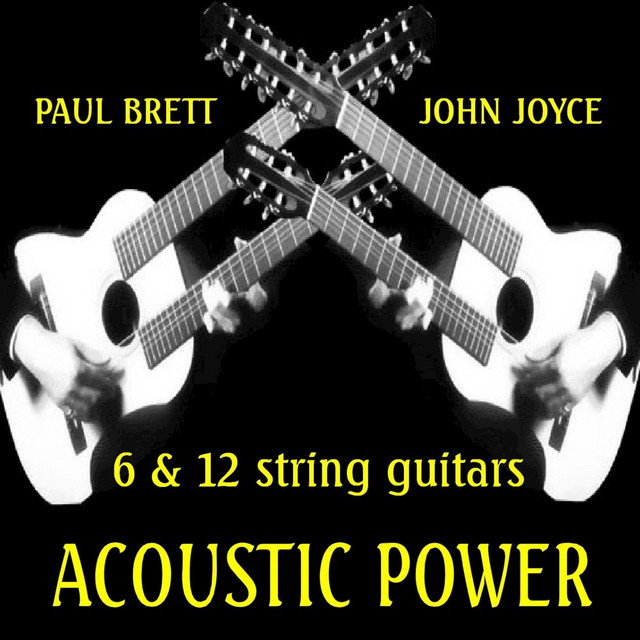
We also recorded a ‘Live at the Lyric’ album that Tom Newman recorded with a live audience at the Lyric Theatre in Hammersmith. Both albums are now available from Cherry Red Records in download format. I also used some tracks on my ‘Anthology’ 4 CD set, also available from Cherry Red. I am so glad we managed to record this material before John passed in 2004.
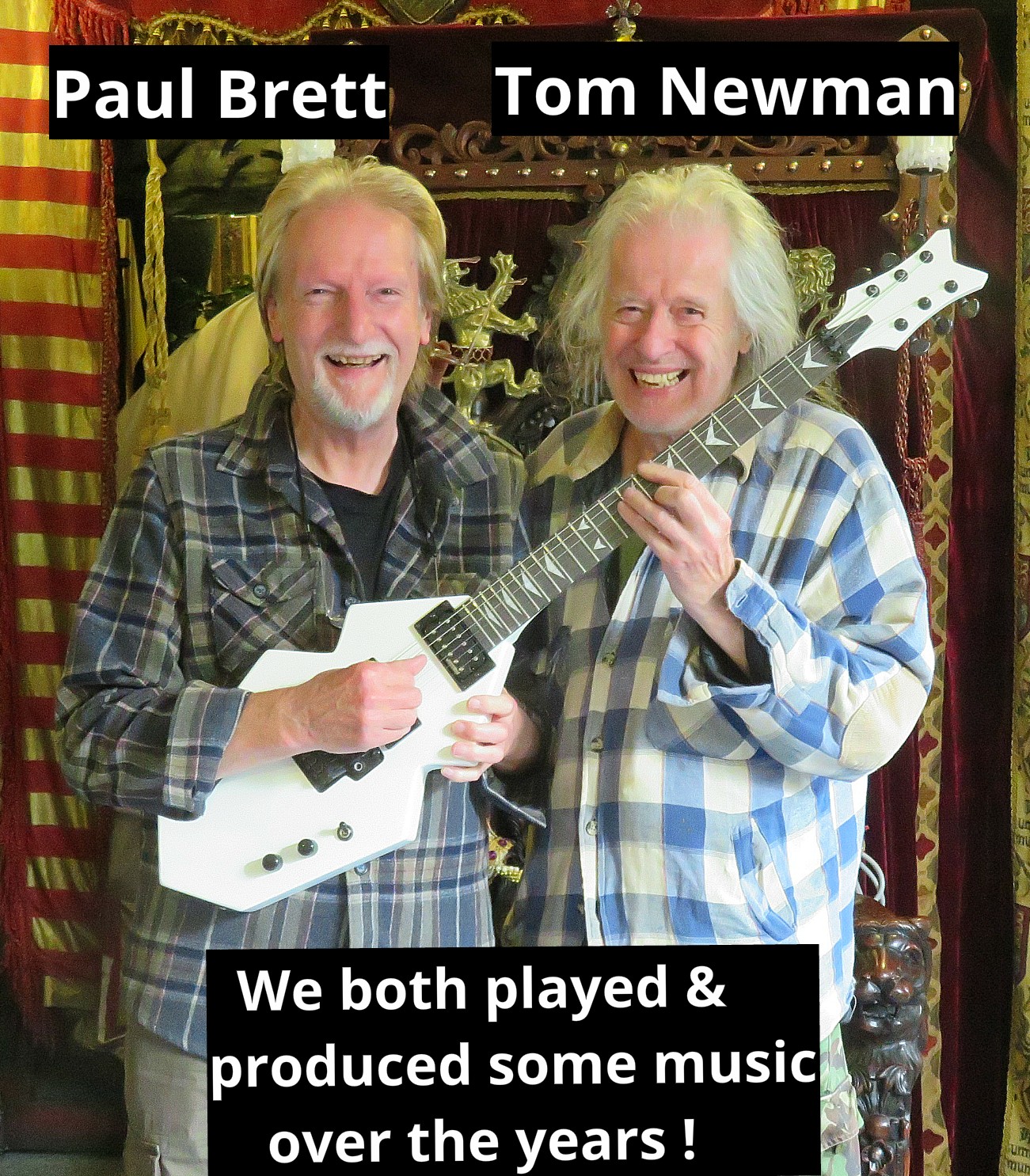
The last thing John asked me to do was to keep his name alive, which I have and am continuing to do so.
It’s absolutely impossible to cover your discography. You appeared on so many records. Would it be possible for you to choose a few collaborations that still warm your heart… These might include your work with Ralph McTell, Roy Harper, Al Stewart …
In my historical timeline, during my years as a musician, playing with Ralph McTell, Roy Harper, Al Stewart, Neil Christian and The Crusaders (my first pro gig, I took over from Jimmy Page) and all the other bands and artists I have been associated with over the years, many collaborations bring back good memories. I guess my collaboration with Johnny Joyce leaves a great impression on me also because he passed on the 12 string bug to me. In later years, the work and shows I have produced and been involved in creating with my partner of many years, musical actress and singer Michele Breeze, have been the most enjoyable and fruitful. But that’s definitely another story altogether.
When did you start writing for Melody Maker? On that note, I’m sure you’re following new releases, are there any albums you would like to recommend to our readers?
I wrote for many music publications over the years. Wrote articles for Melody Maker in the 70’s, NME, International Musician, Sound International, Live in London and twelve years as the Vintage guitar expert for Acoustic UK. I also was responsible for creating the music equipment supplements for Melody Maker and The Stage and Television Today. Apart from reviewing various brands of guitars and sound related equipment, this generated a whole new revenue stream for the publications in question.
New releases. I don’t keep tabs on the mainstream releases, but I could recommend a new CD by classical guitarist Raymond Burley.
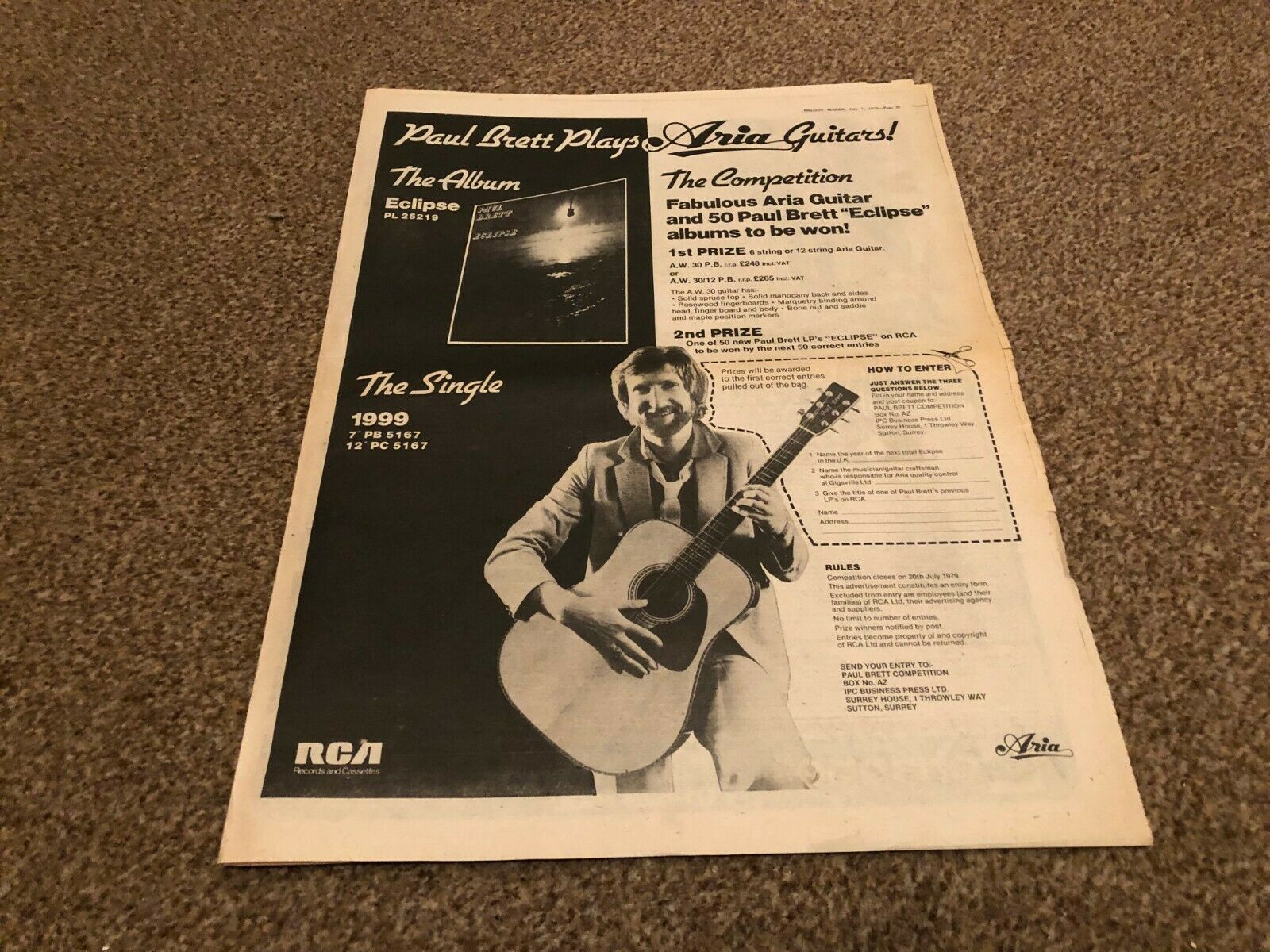
Give us some insights on developing your guitar technique. On that note, tell us about your involvement with Vintage Guitars.
That’s not a simple thing to write down and cram into a few sentences. Basically, I have developed different playing techniques over the years that have all happened with actually adapting to various styles and genres that evolved over time. Electric and acoustic playing have so many different styles and techniques that one could never master them all. What I have mainly concentrated on is developing my own style for solo acoustic 12 string guitar playing. If you want to get the best out of 12 string solo playing, you have to experiment with different tunings and pitches, plus put in a lot of time getting your picking technique correct. Getting 2 strings to sound as one when you are individually picking on a 12 string is probably the first thing you should try to perfect.
I was called in 2010 by Vintage / JHS managing director Dennis Drumm to ask if I would be interested in designing a 12 string electro acoustic for Vintage. After meeting with Dennis, we agreed to proceed. Since then, I have designed many more acoustics covering all styles and genres. I found Vintage to be a great company to deal with over the years I have been associated with them. We also collaborate in many events, including lots of charity work and shows. Paul Smith, the new MD of Vintage and I have plans to release another 2 guitars in 2023, so all being well, watch Vintage website.
What are some of the most important players that influenced your own style and what in particular did they employ in their playing that you liked?
Early influences were Mick Green (Johnny Kidd and the Pirates), Duane Eddy, Scotty Moore, Segovia, Chuck Berry, B.B. King, Wes Montgomery, Charlie Byrd. Later ones Leadbelly and Blind Willie McTell (when I got into playing 12 string) and Johnny Joyce (from whom I picked up a basic 12 string blues picking style.) I loved Hendrix as a complete all round performer. (I used to jam with him in the late night London clubs. He would always opt to play bass. It used to relax him!).
I’m sure there were others who inspired me, but across the spectrum of players, they were the ones I recall.
Where did you meet your partner Michelle Breeze?
I met Michele after she had returned to the UK from playing the lead role of Eva Peron in New Zealand. The musical director of Cats, Dave Watts, invited her round to my studio as she had quietly written a few lyrics, but had no music for them. I quickly put my mind into writing her lyrics into a performance music form i.e. songs and we started demoing them with a view to recording an album. Not long after that, I got the job in PAN and was able to sign her to the Nu Disk label. At that time, our relationship was purely professional. Our personal tie came a little later. We recorded an album and released it under the name of ‘Misha’. During my time with PAN, I was able to establish Michele as a much in demand live act. In fact, I left PAN because her gigs were building to such a point, where she needed a musical director. This was before backing tapes were acceptable to use in live situations and we engaged live musicians who could read music at that time. We have been together through thick and thin since 1983 and have travelled the world producing and performing shows.
What led to the Llyn Guitar Festival in 2010?
The Llyn Guitar Festival ran for eight consecutive years, until the Covid struck, and Politicians closed Venues. The last Festival was three years ago. We also lost the venue and still have no idea why, having sold out every year. We are trying to relaunch some kind of event for 2023 in the Llyn Peninsula, North Wales. We had and still have, a very loyal following, who are always asking when we will do something again. Over those years, we engaged some of the world’s best guitarists who came and took master classes during the day for our guests and played brilliant concerts in the evening. Fingers crossed we can get something on in 2023!
Are you working on something new?
I am currently putting the finishing touches to the music for Michele Breeze’s new one woman musical drama, about the life of Queen Elizabeth 1st. She has already toured ‘Boudicca – The Warrior Queen,’ to great acclaim and Elizabeth 1st is the second musical drama in the series entitled ‘Women of Power’.
I have designed 2 new guitars for Vintage. 6 and 12 string acoustics, which we will release as a tribute to someone special in 2023.
I also intend to release two new albums I have finished. Both 12 string instrumental albums that I have recorded using my Vintage 12 strings. I mentioned these earlier in the interview. A re-recording of my first 12 string suite ‘Earth Birth’ and a brand new one recorded in 2022 with all original tunes, played on my Vintage Viator 12 string. Both are recorded using a String Quartet.
I am also working on a new Paul Brett Sage album, which is in early stages of writing.
Looking back, what was the highlight of your time in the band? Which songs are you most proud of? Where and when was your most memorable gig?
Always the initial discovery of a new musical journey and the thrill of creating first projects. No particular favourite songs. Appreciate them all for what they were, when they were.
Is there any unreleased material by any of your projects?
Maybe a few tracks in my files. Probably lots of ideas sketched out. Nothing finished except the Jet Harris studio busk of ‘Diamonds’.
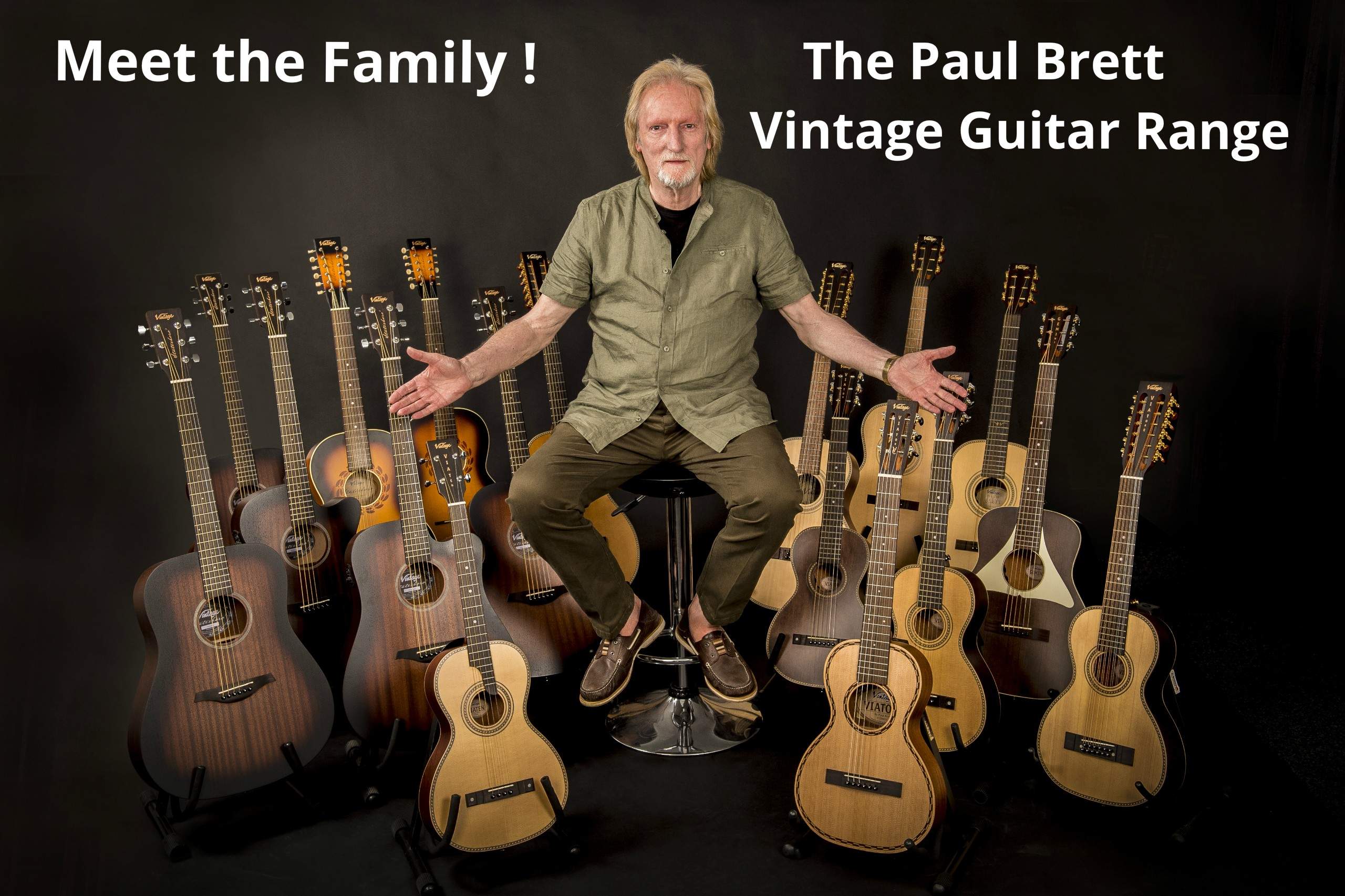
Thank you for taking your time. Last word is yours.
Your last breath is your past,
Your next breath is your future,
Your life is the space between the two,
Get on with living!
Klemen Breznikar
Paul Brett Official Website / Facebook / Instagram / YouTube

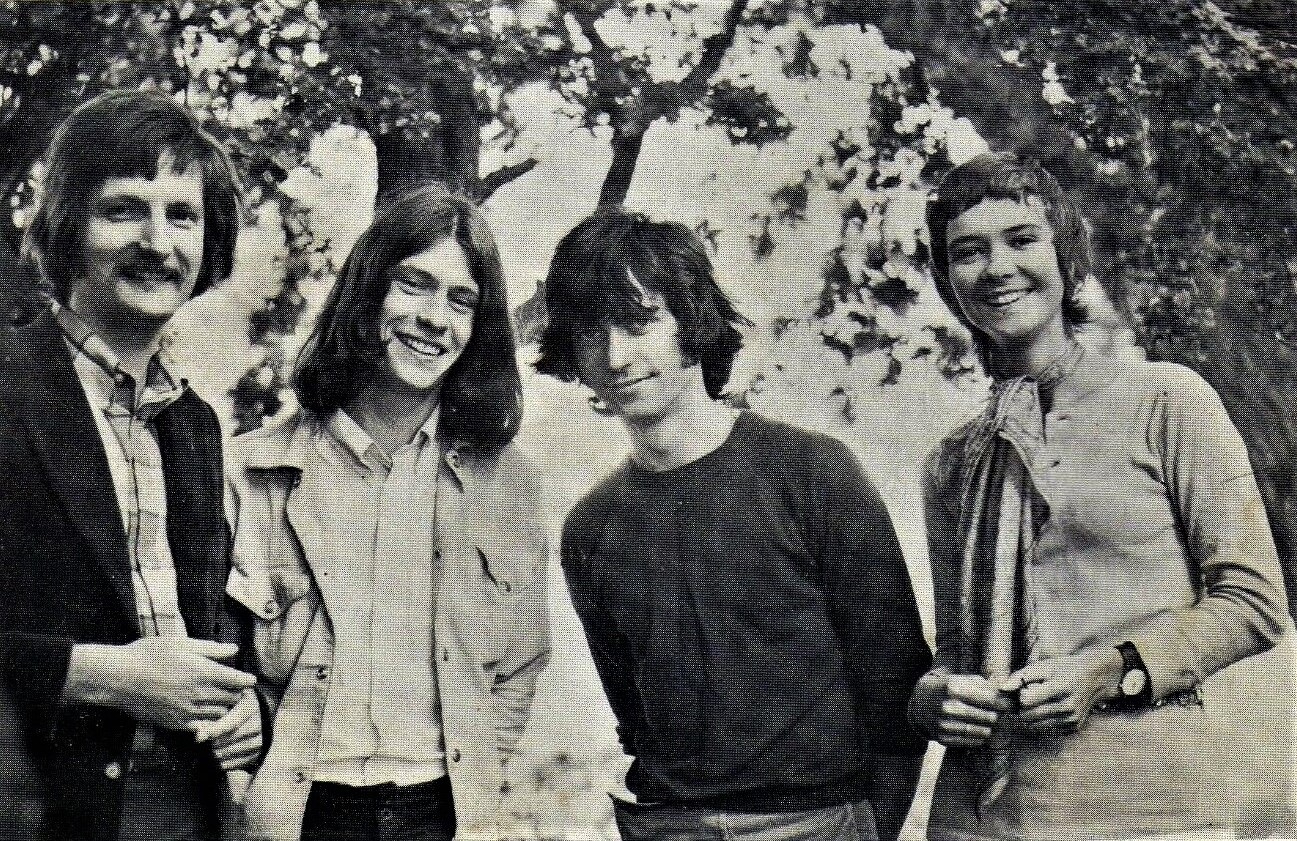


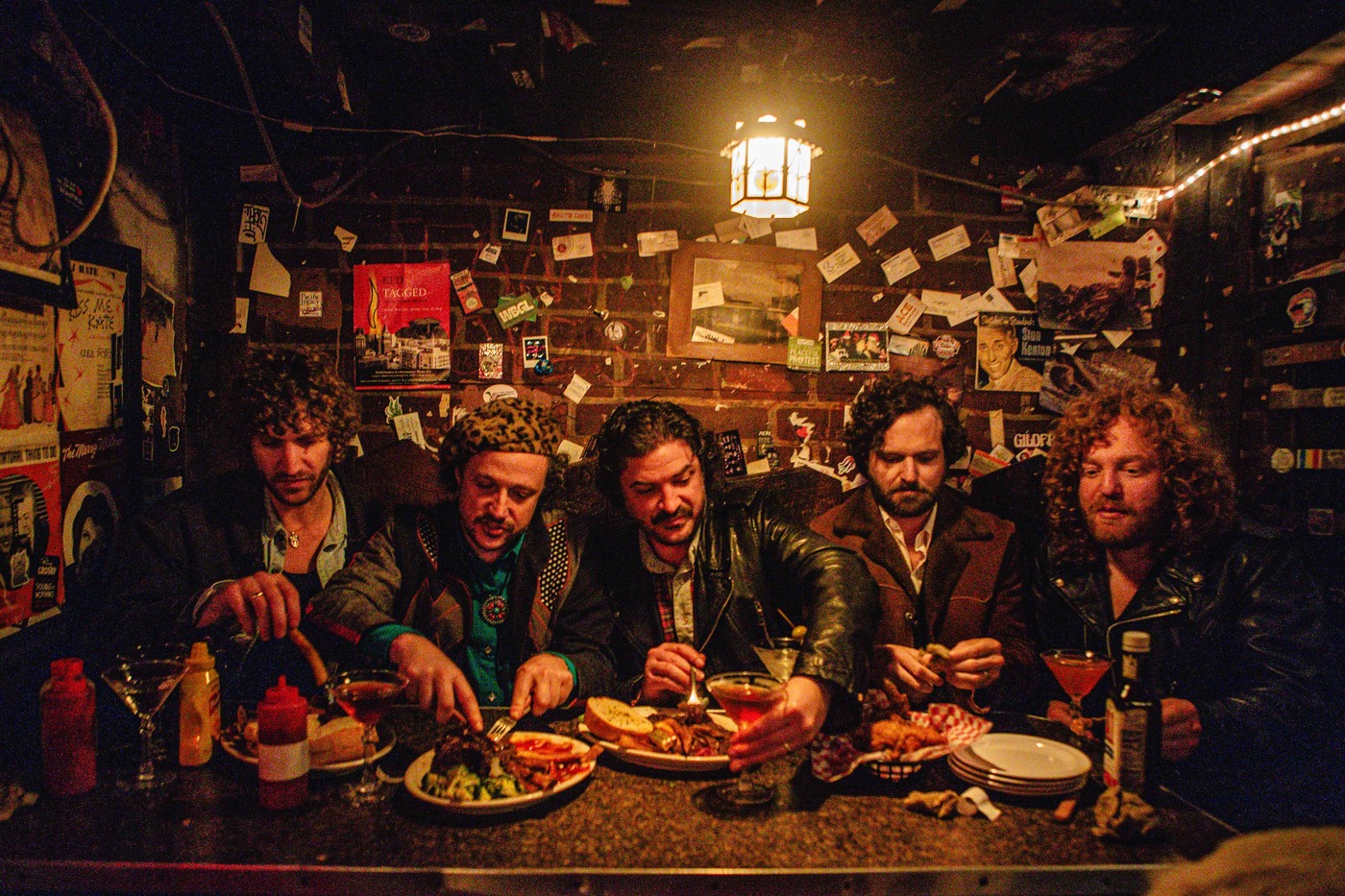
Nice interview from a man with a storied career. Nice photos too.
A great read ??